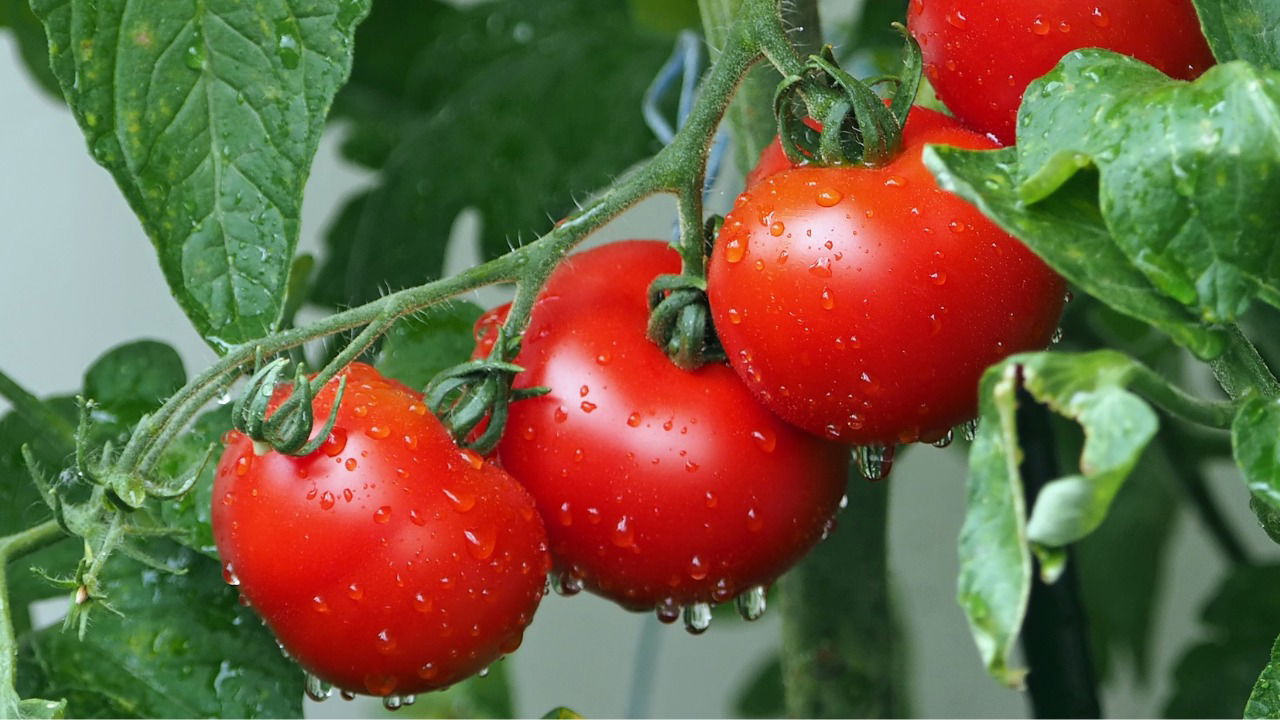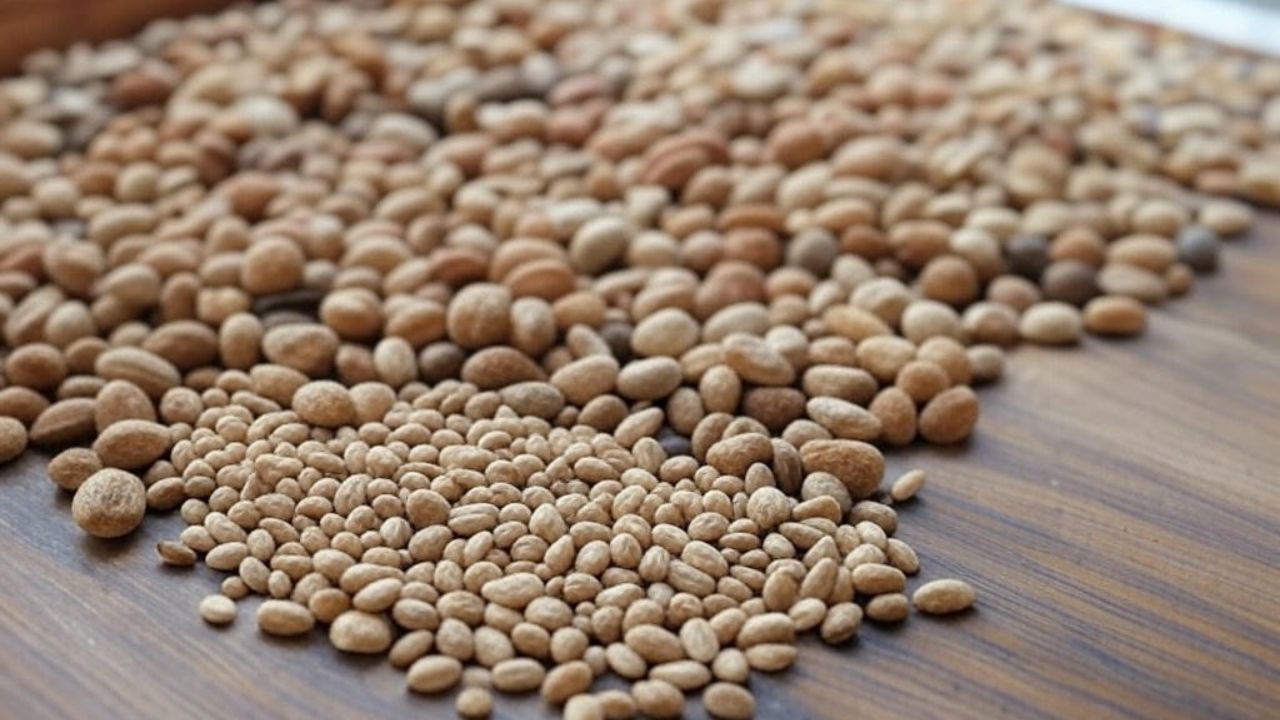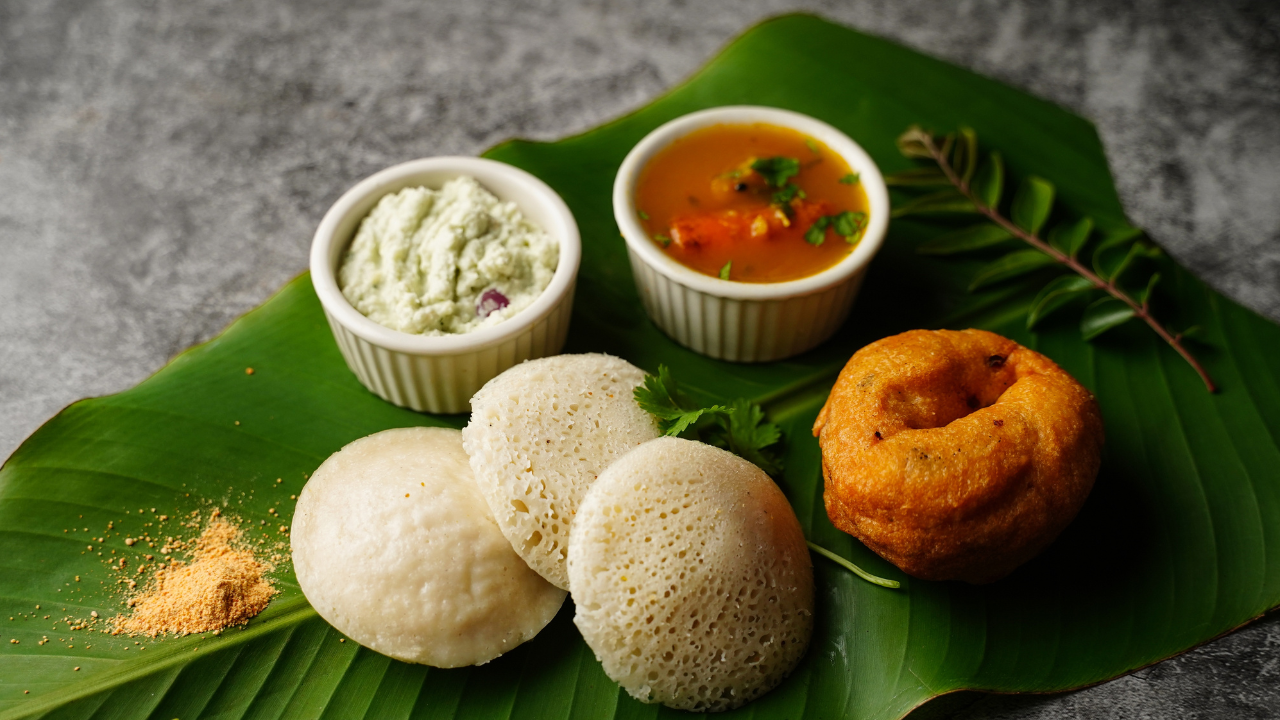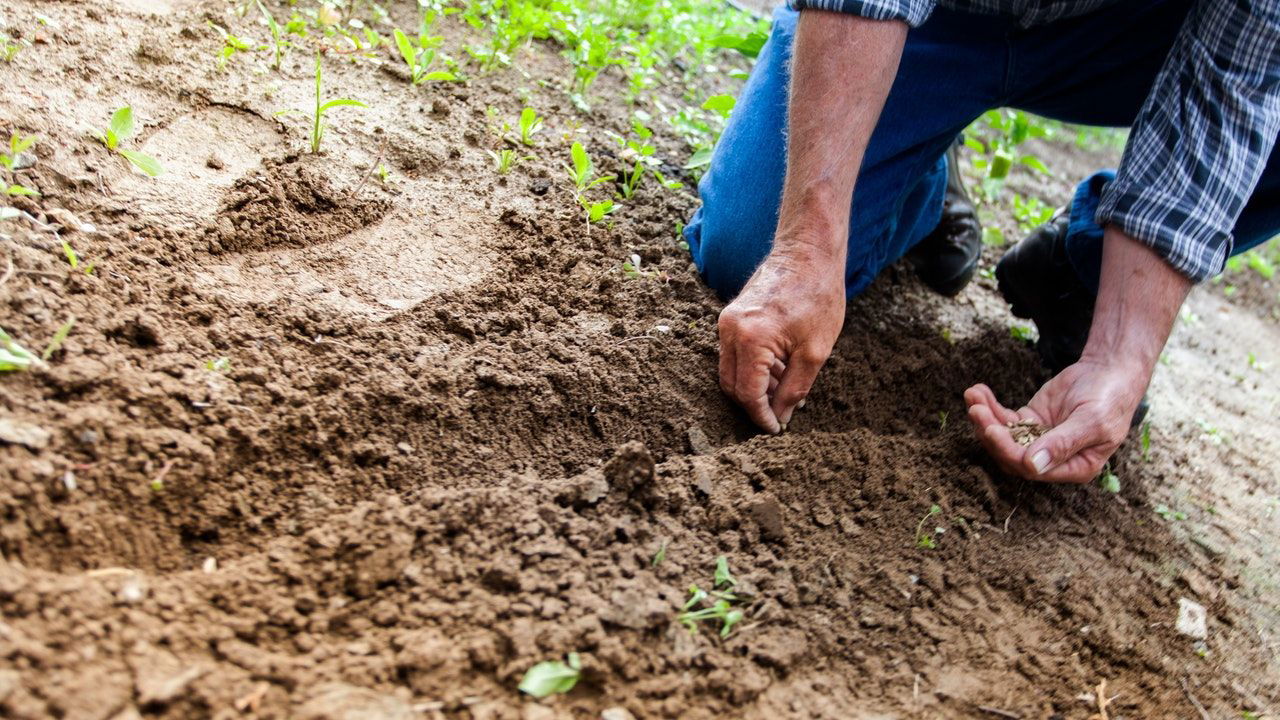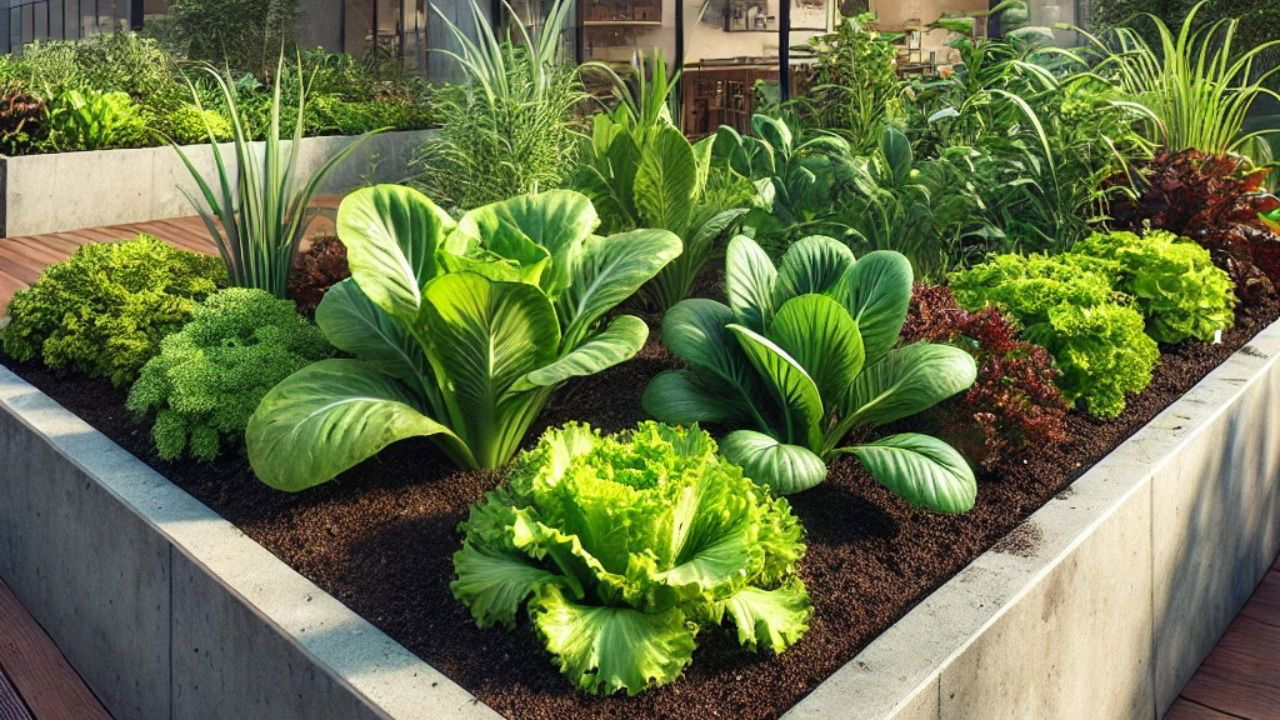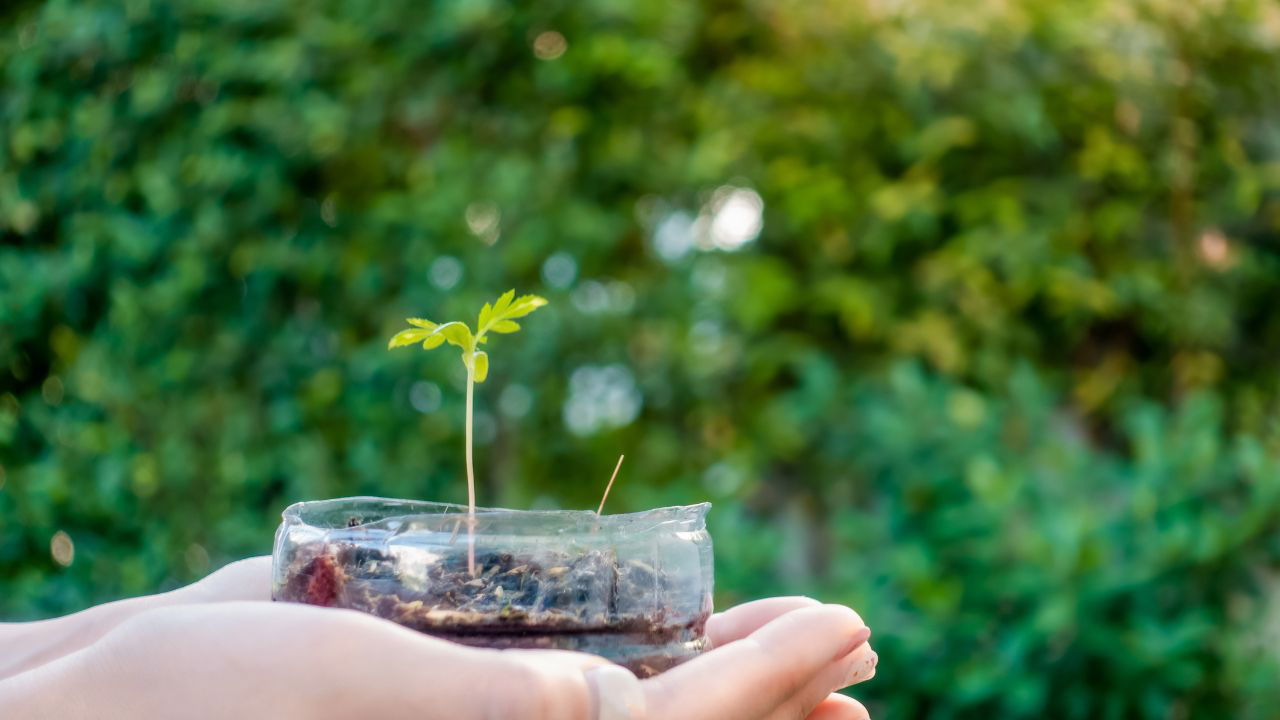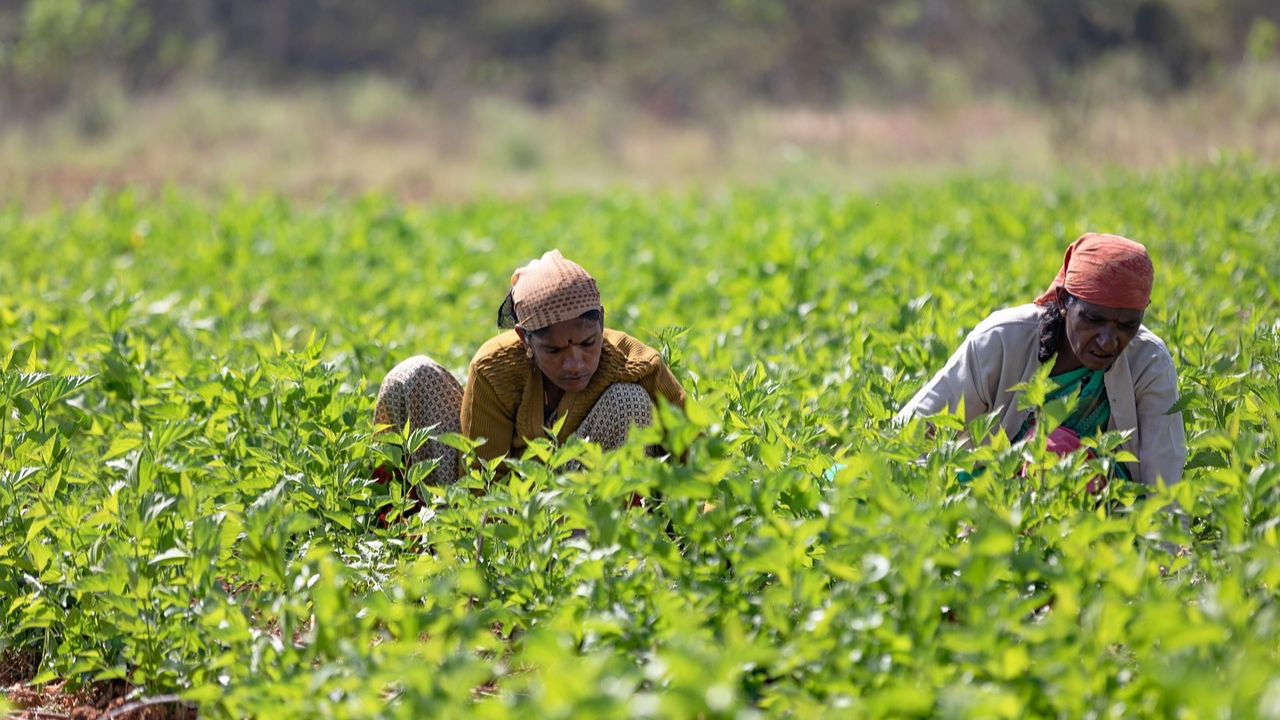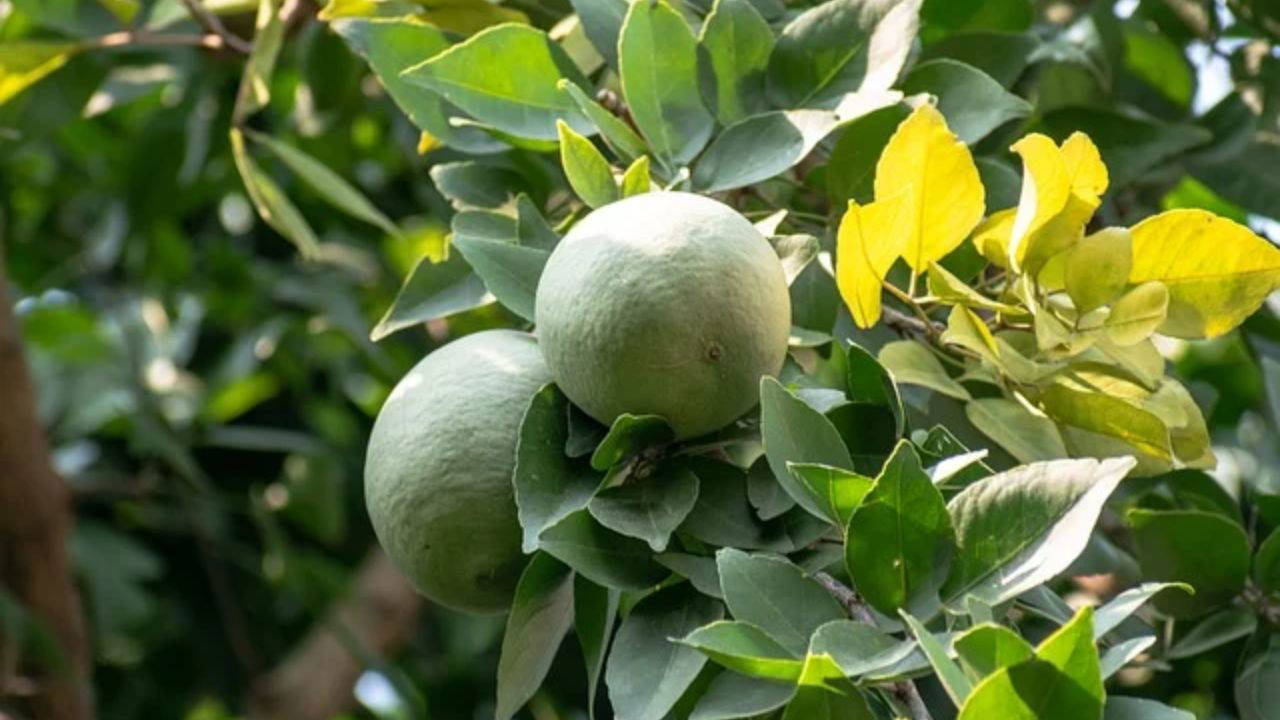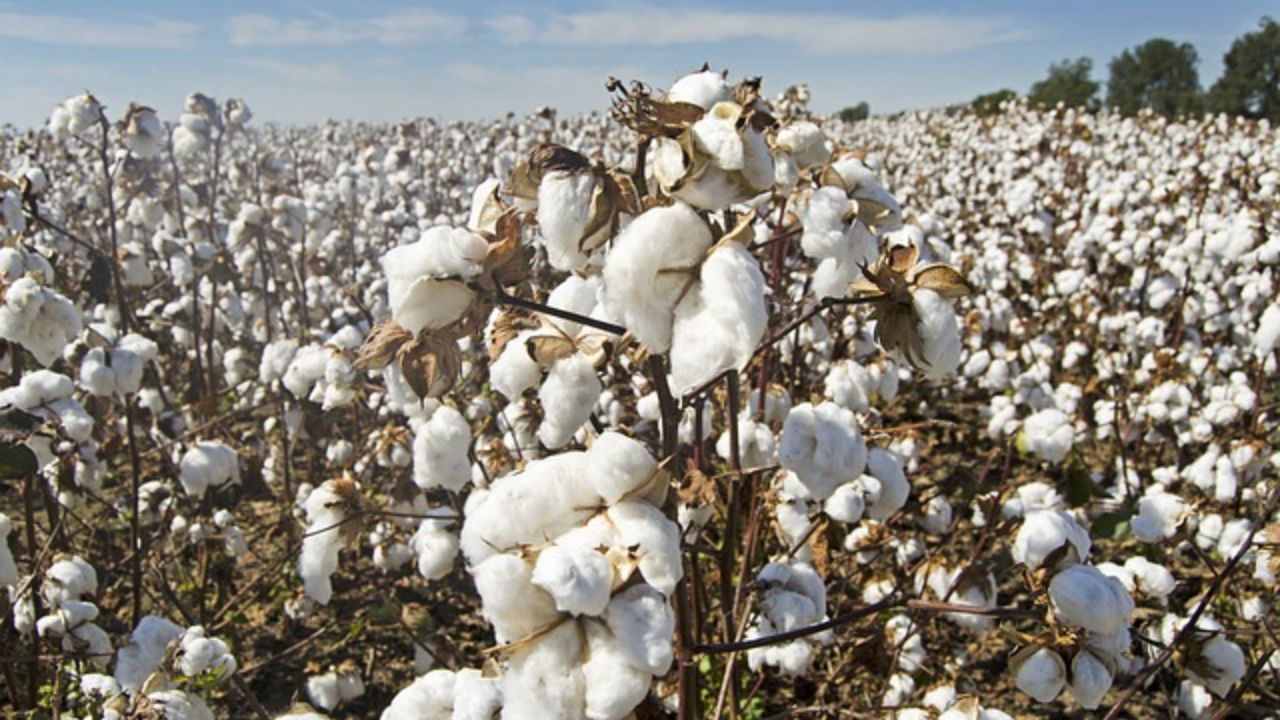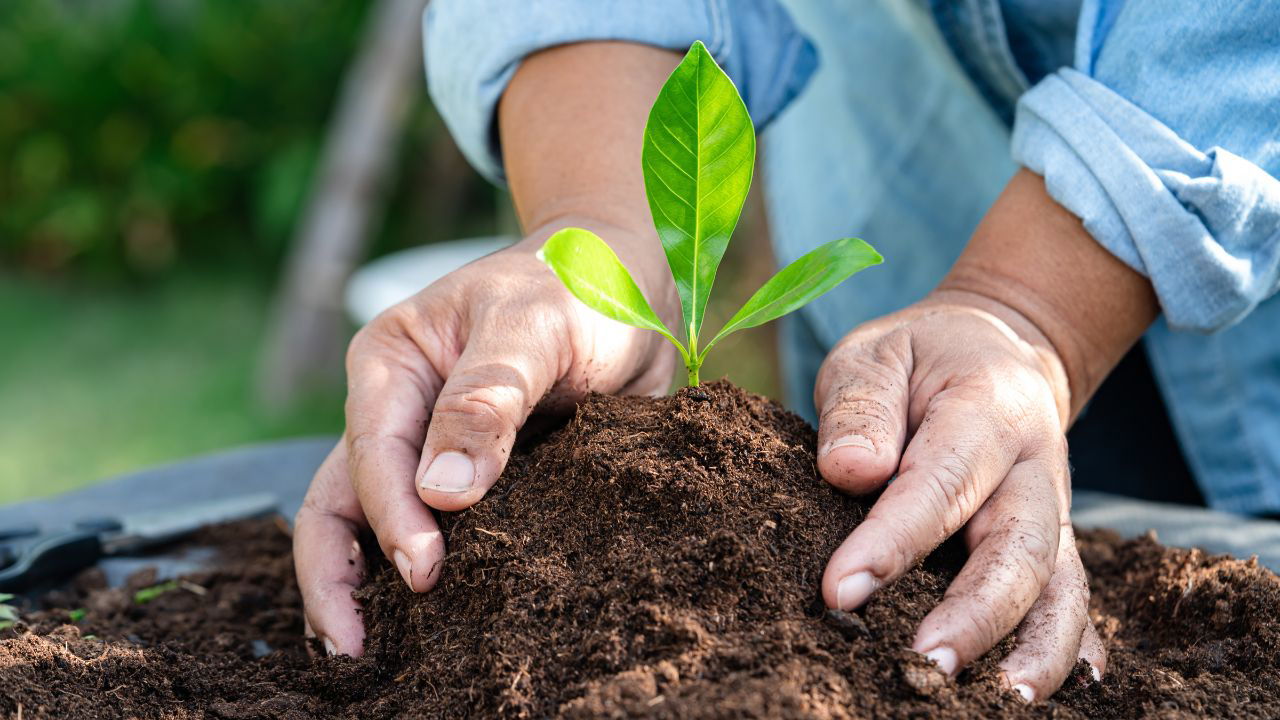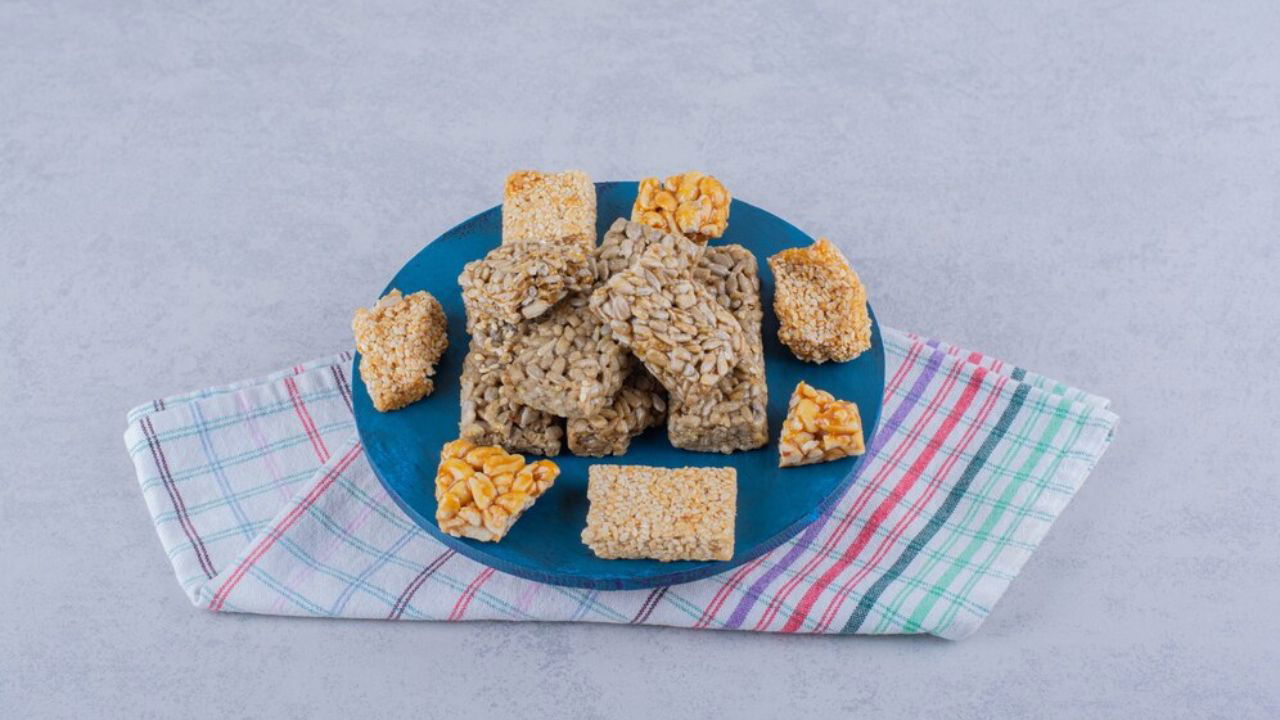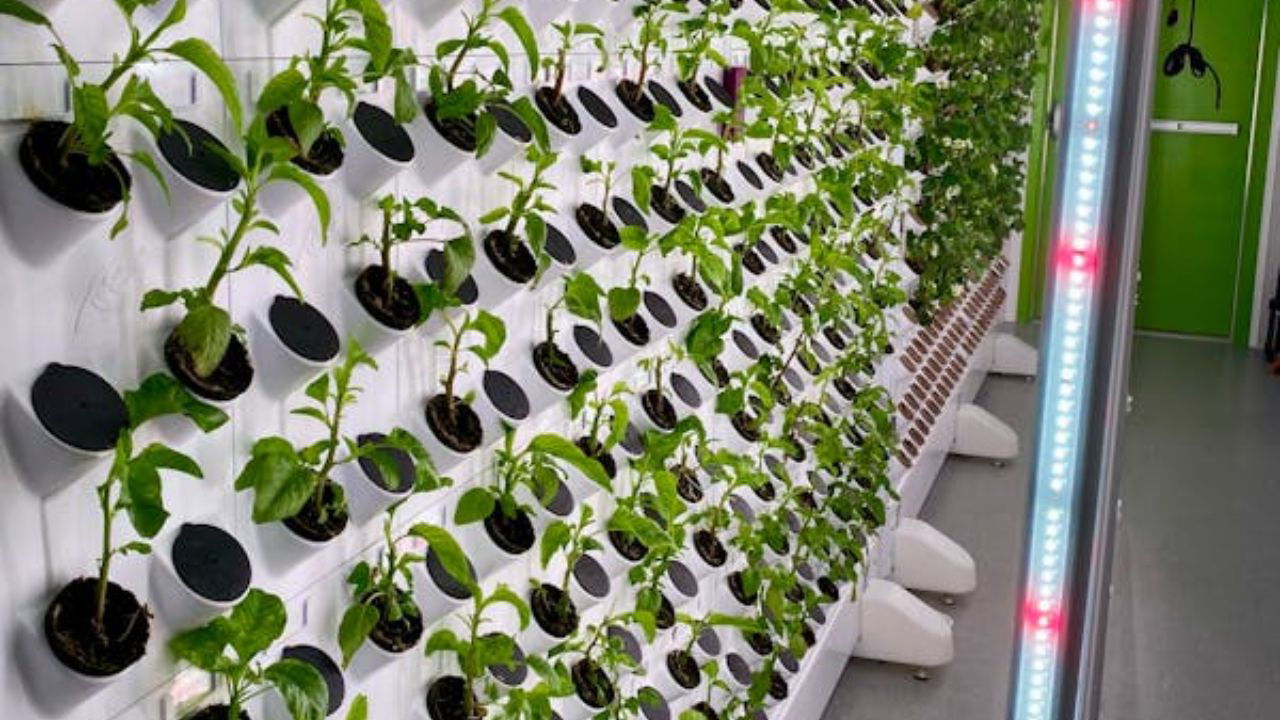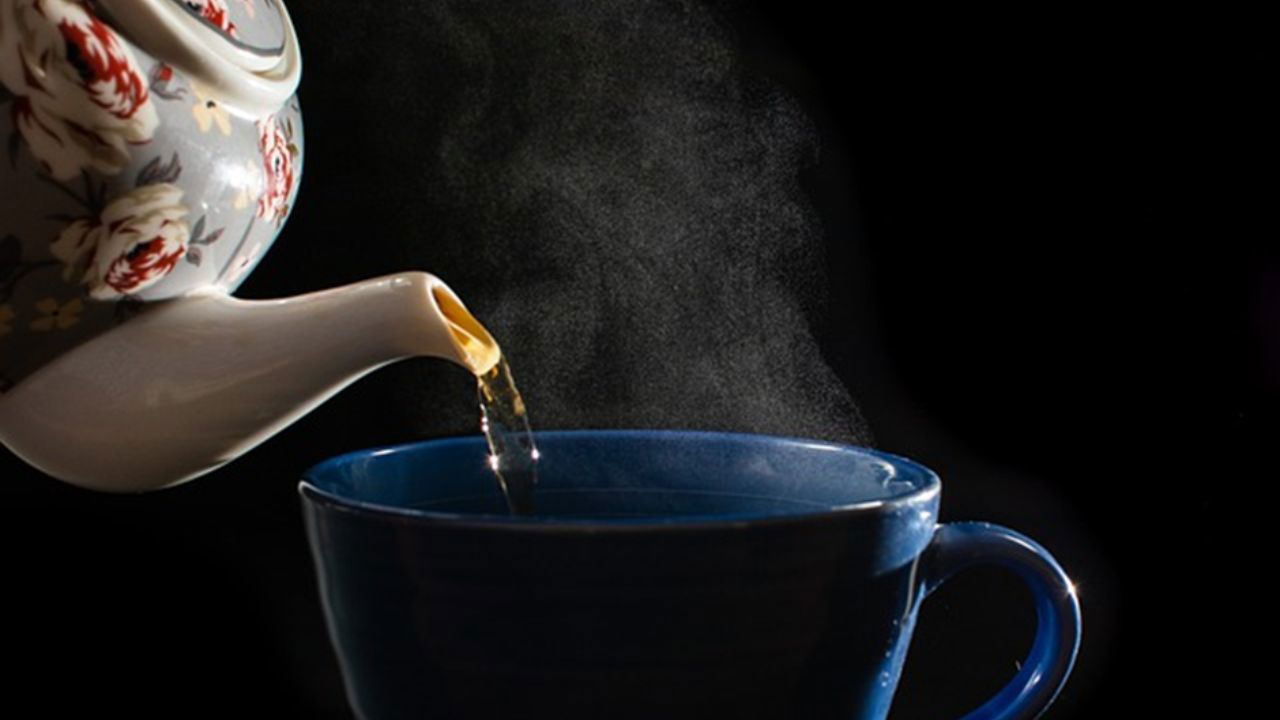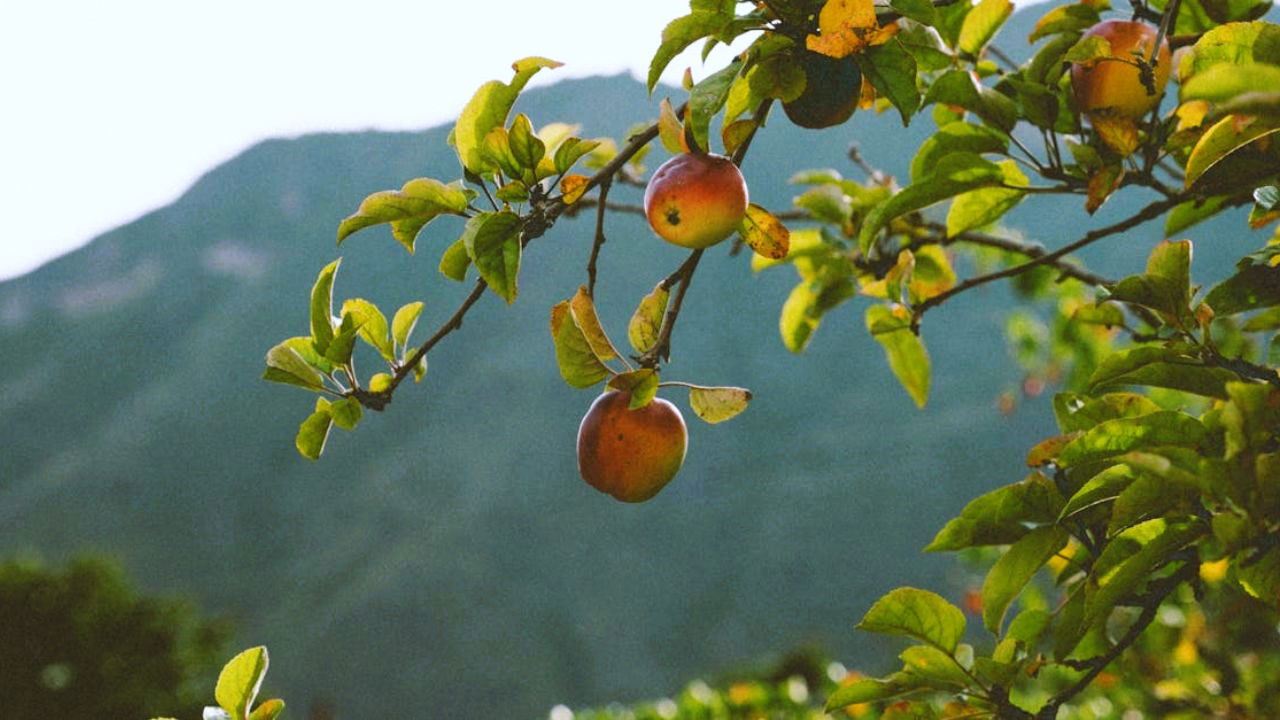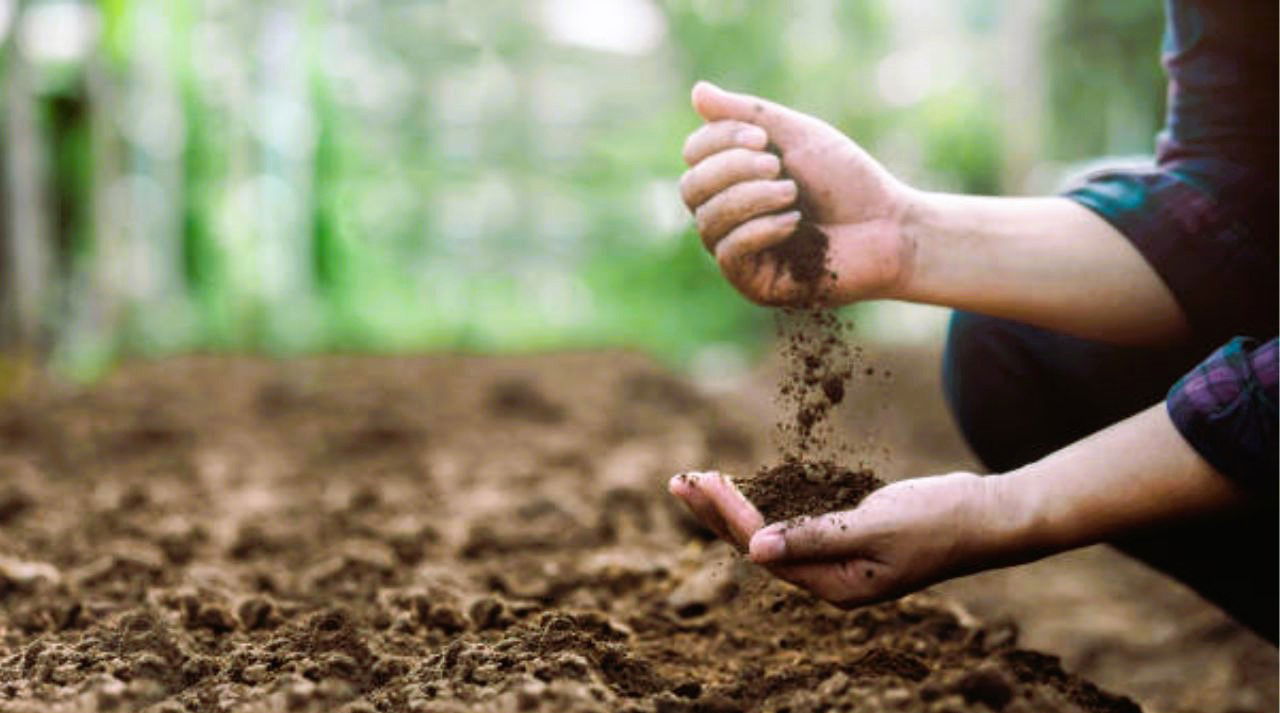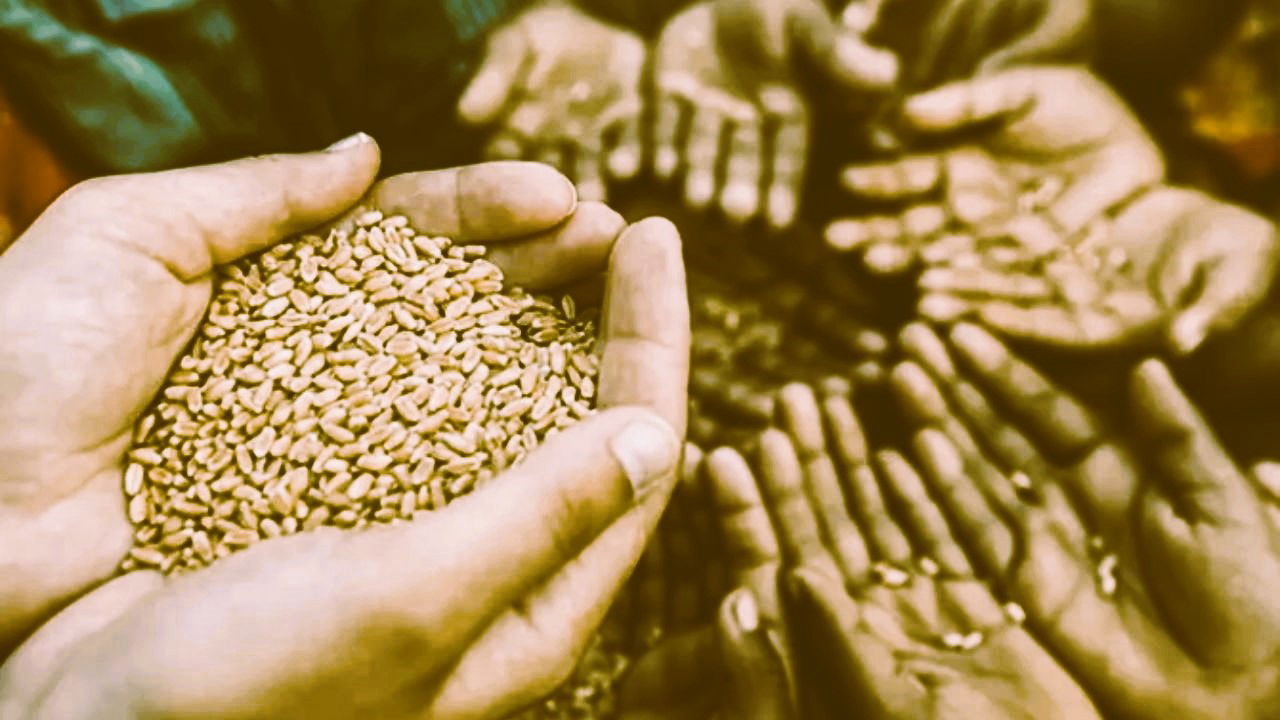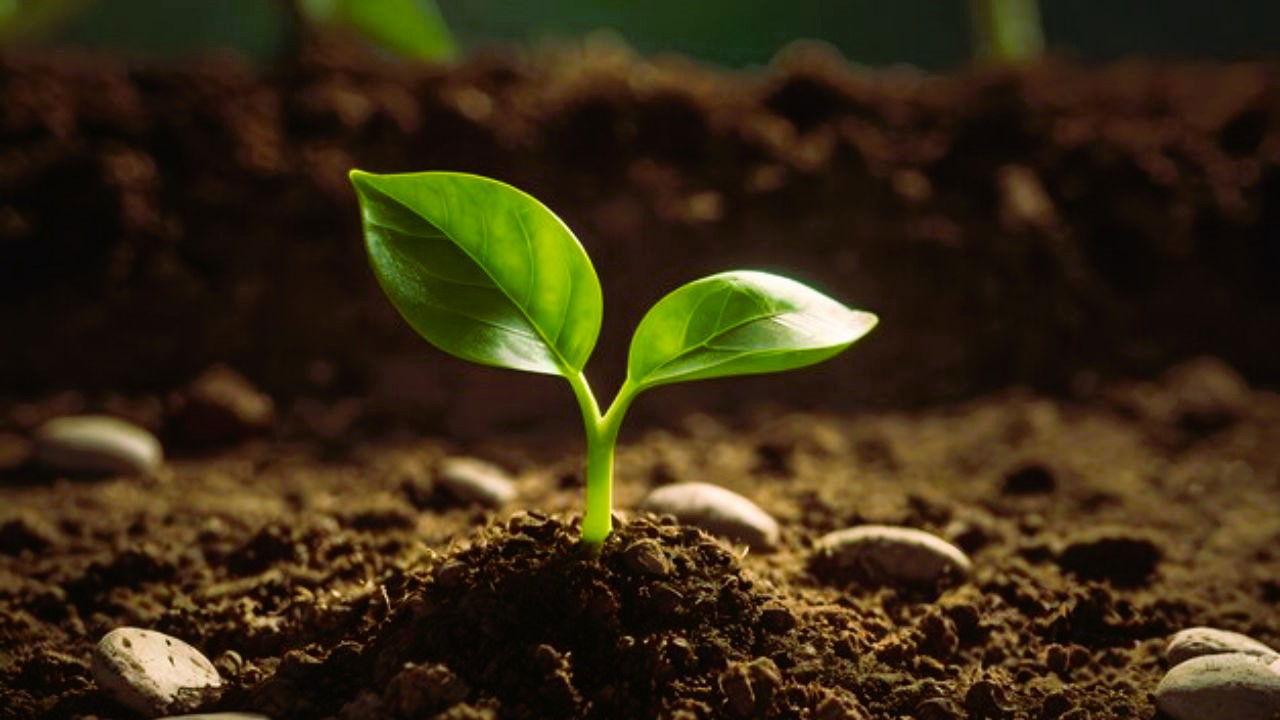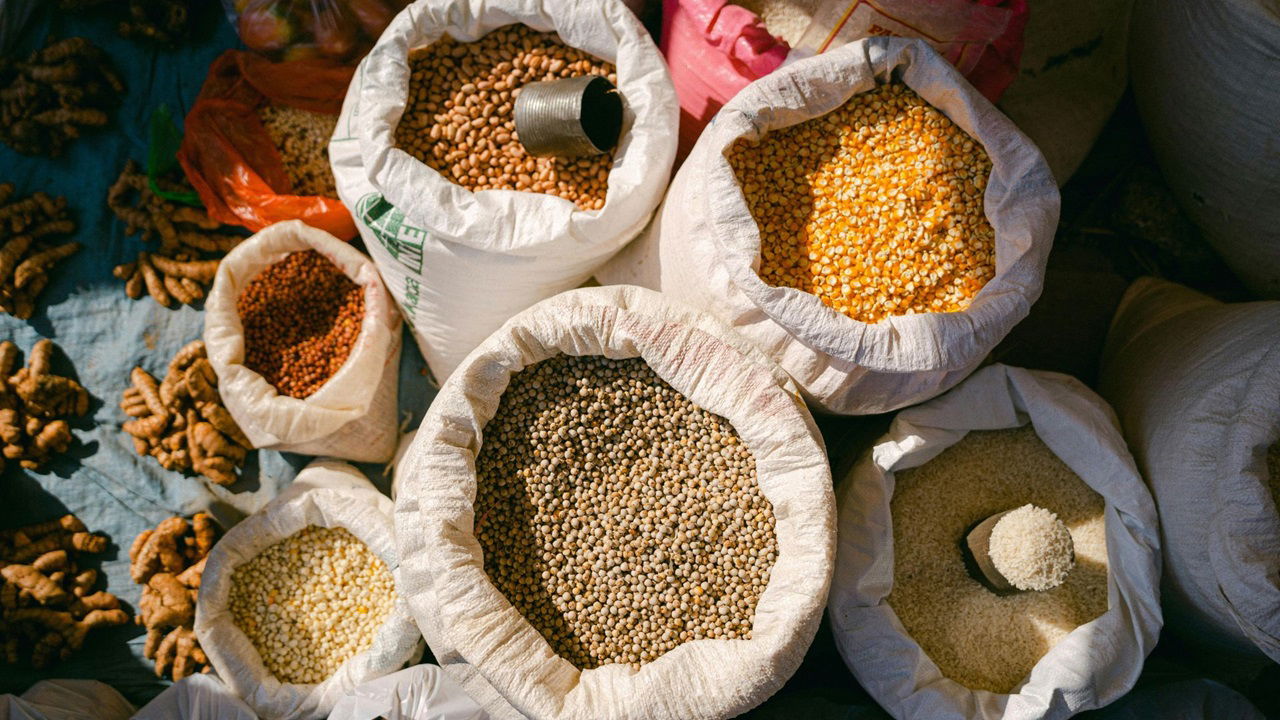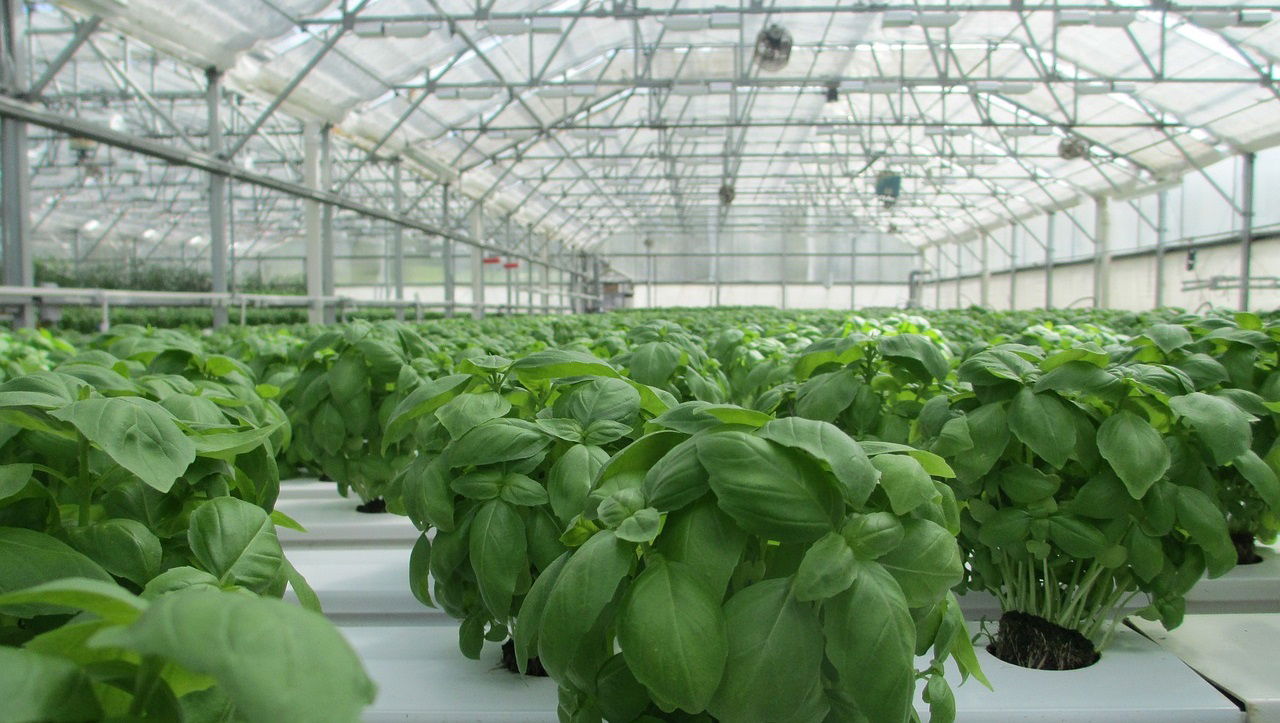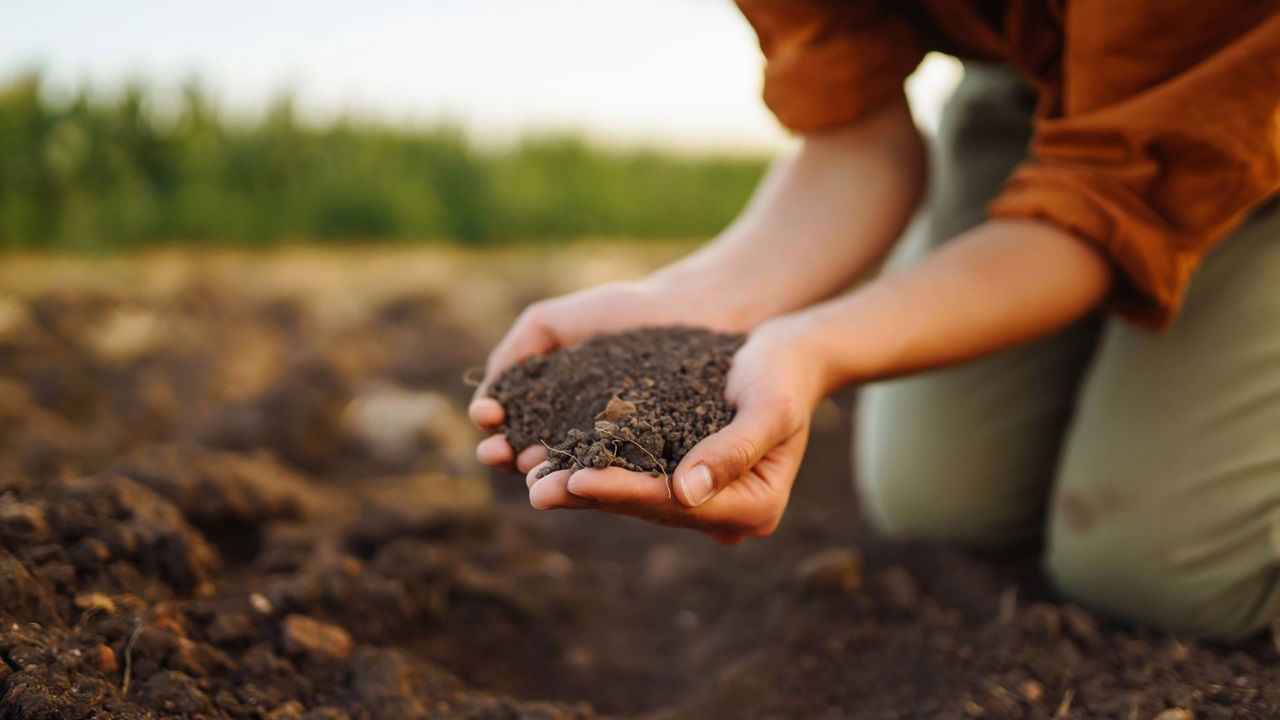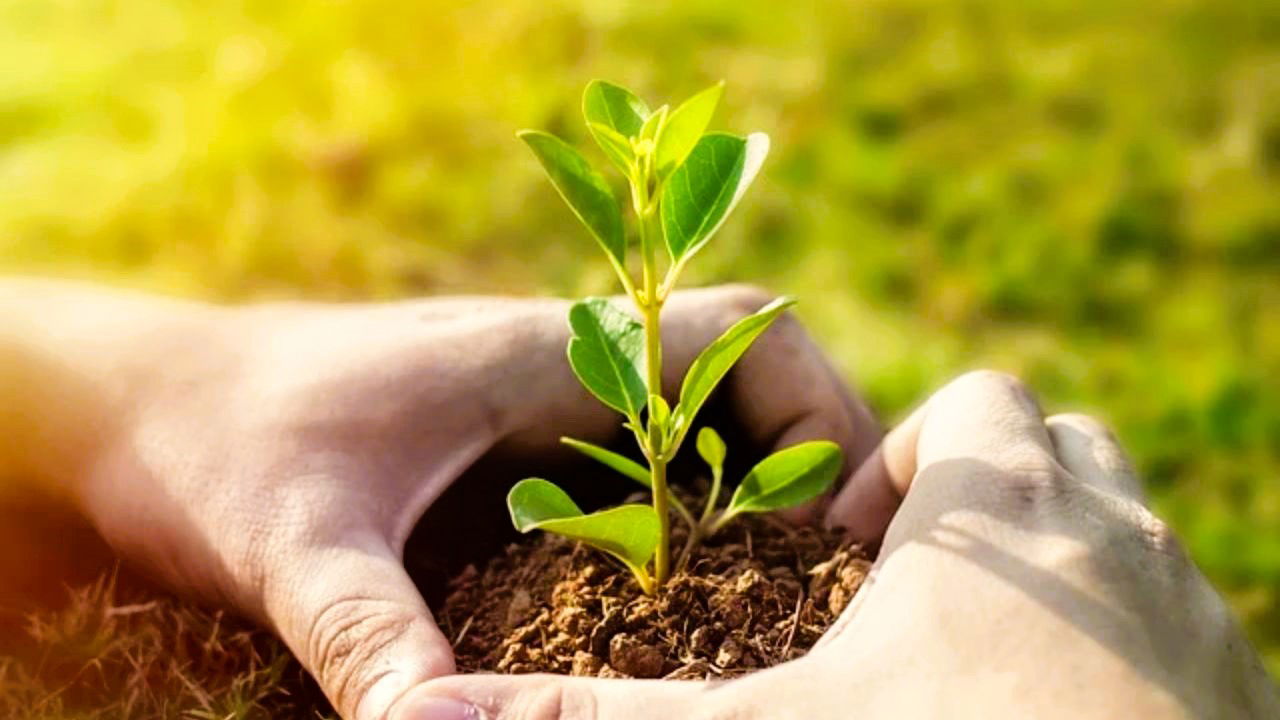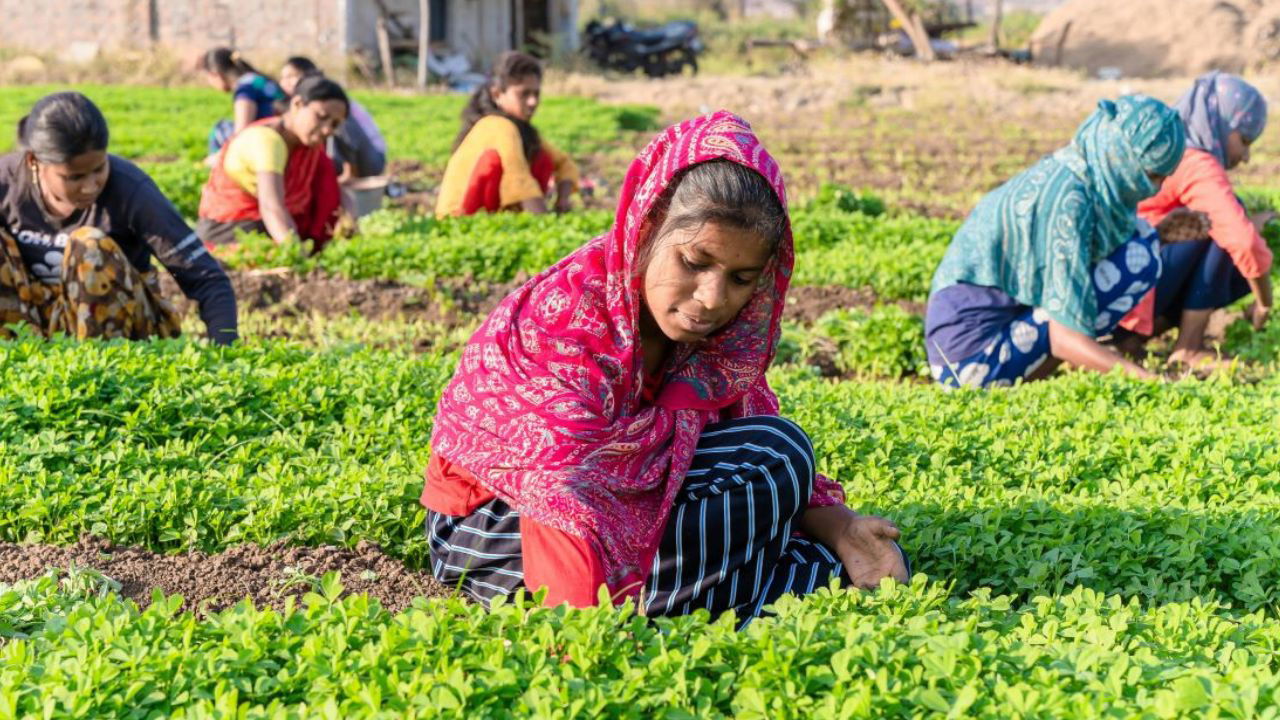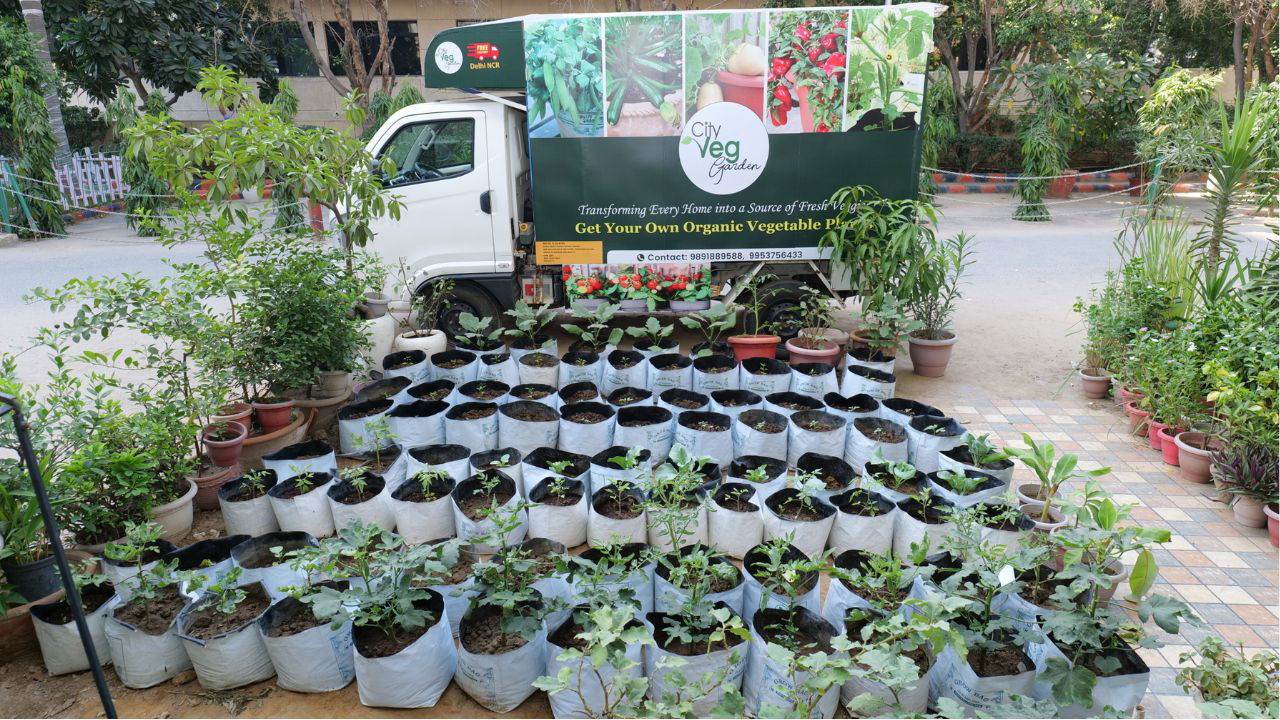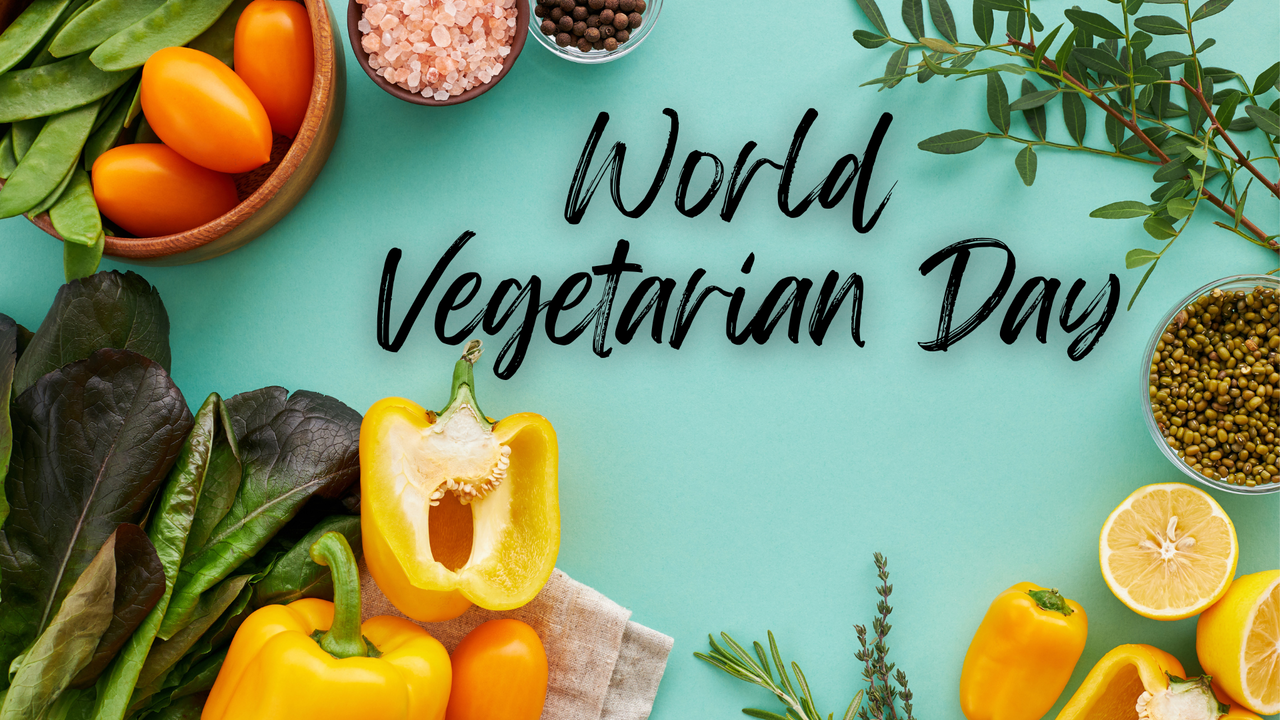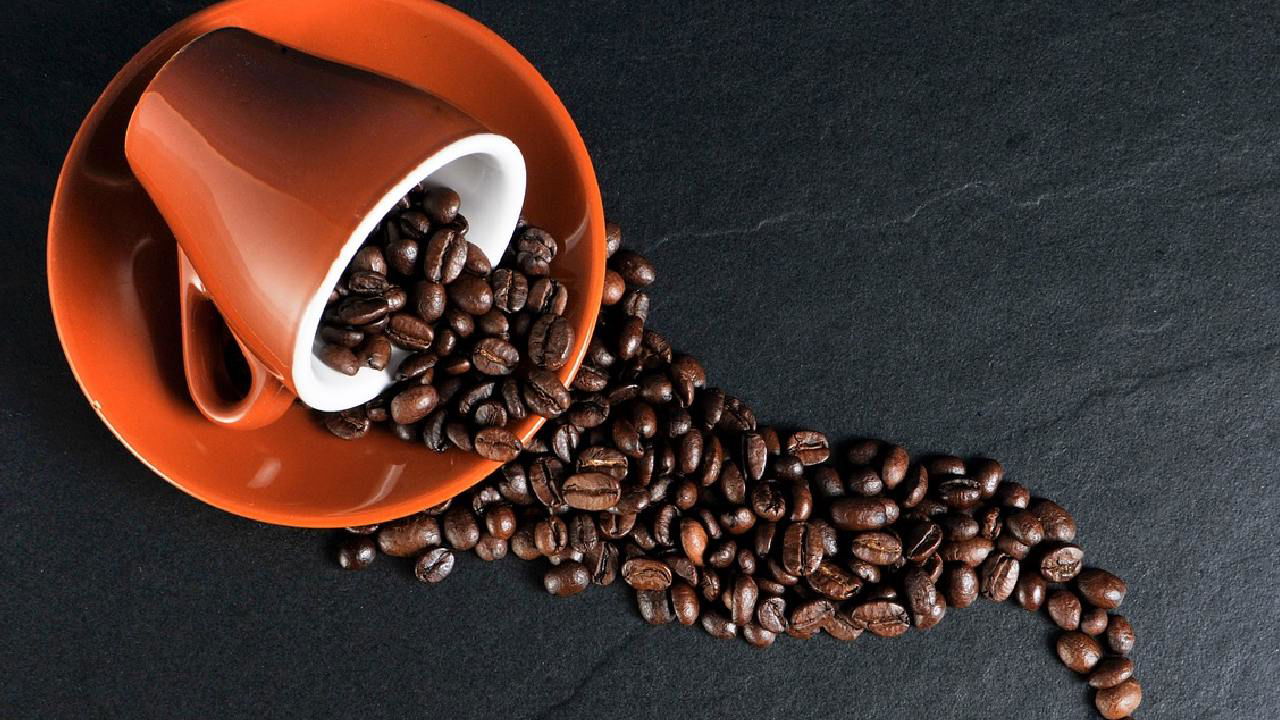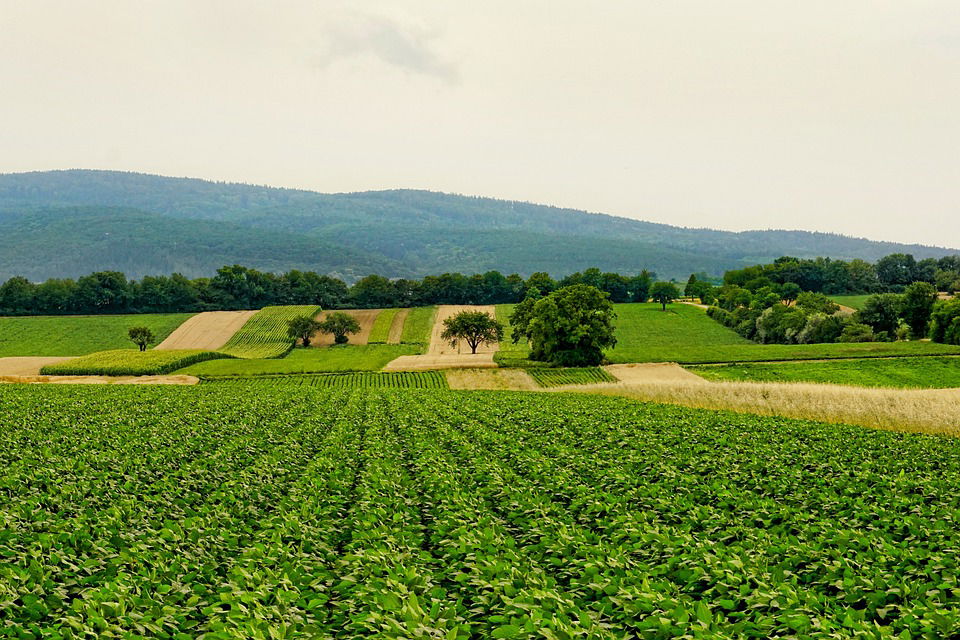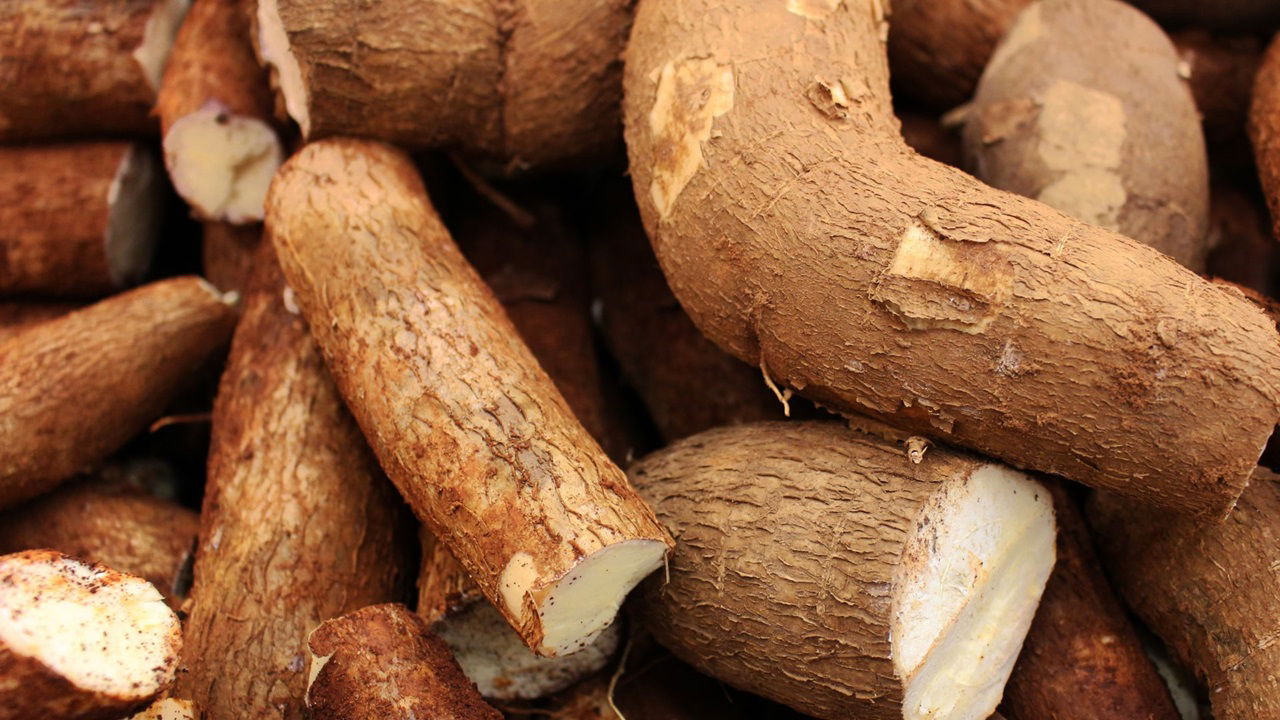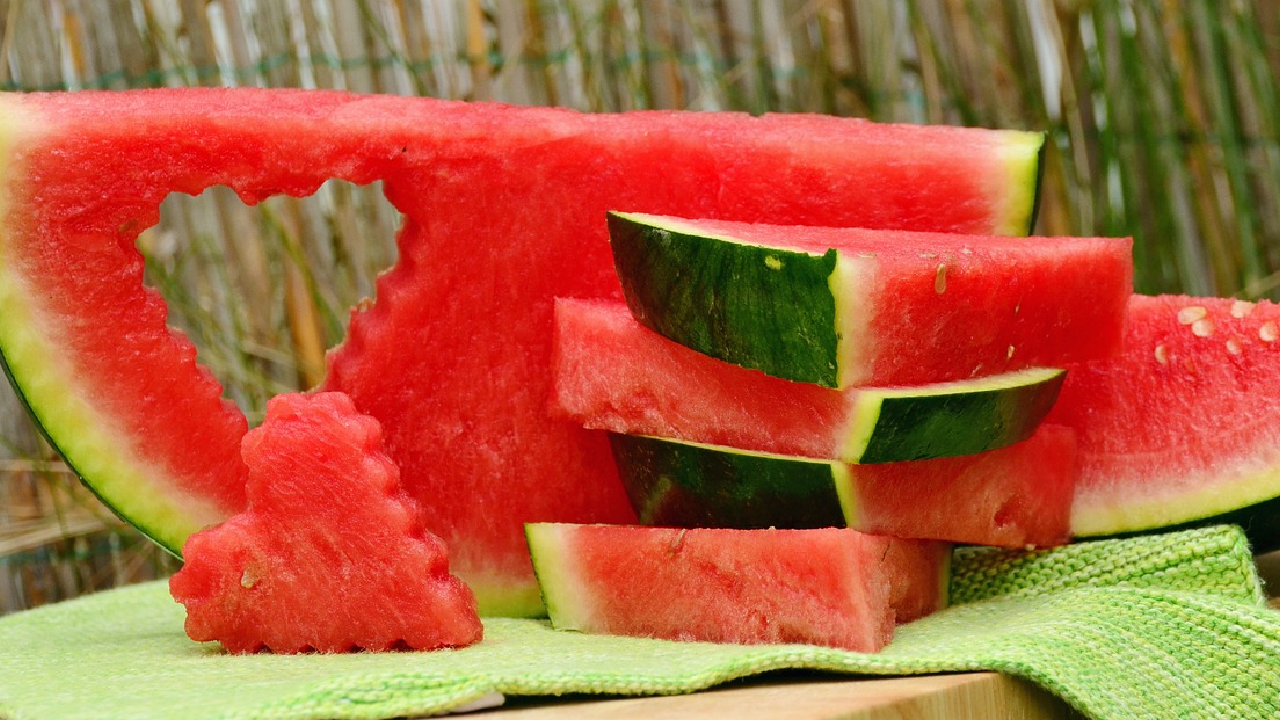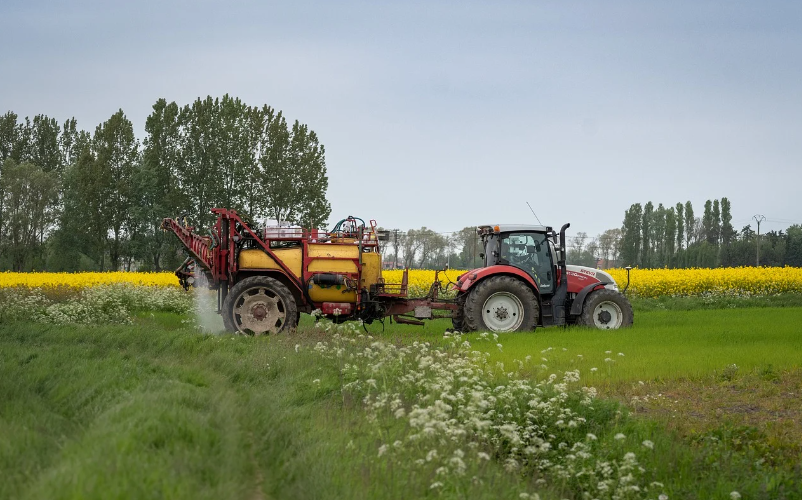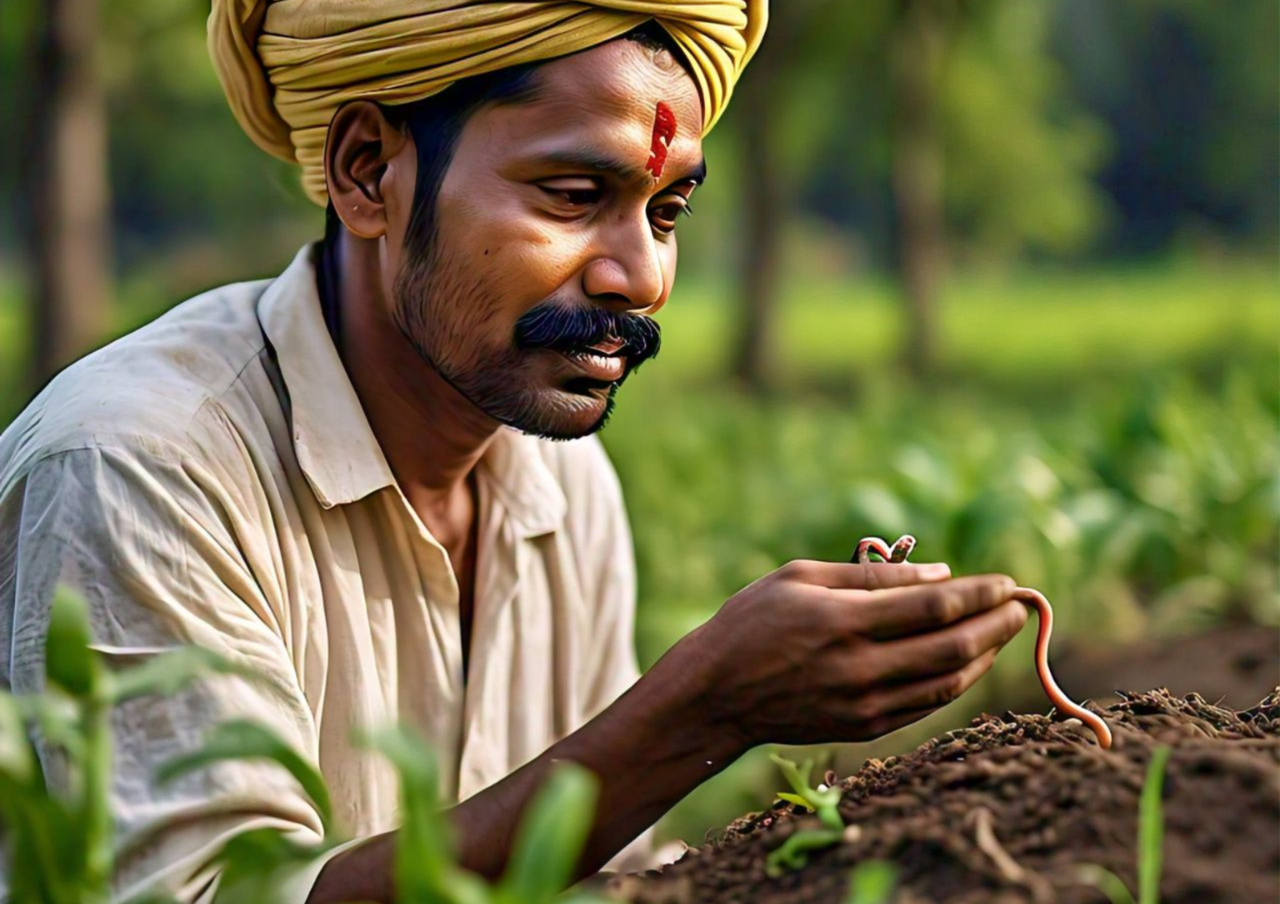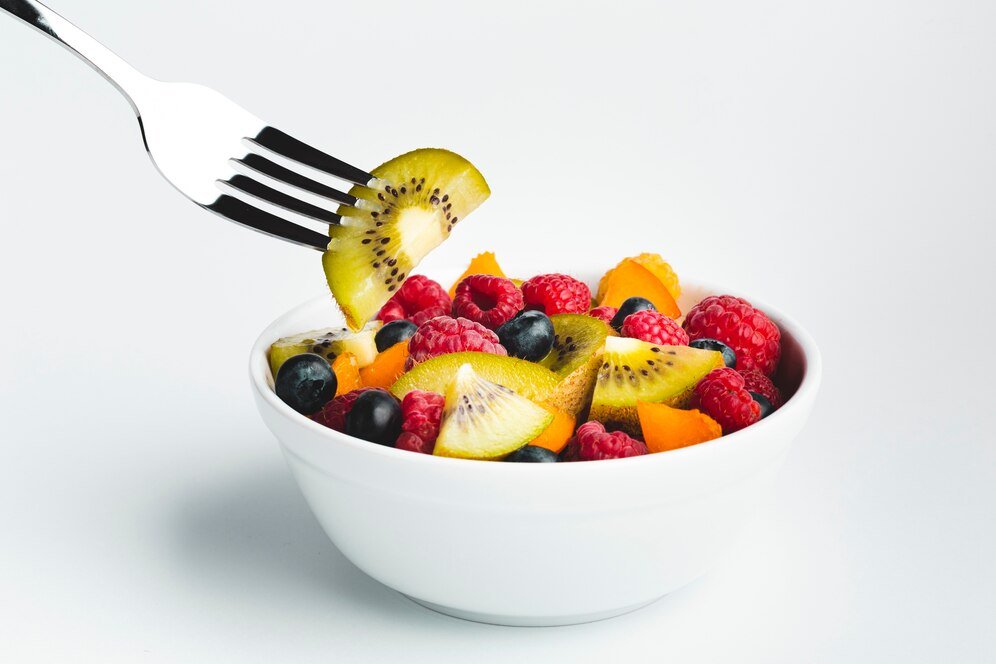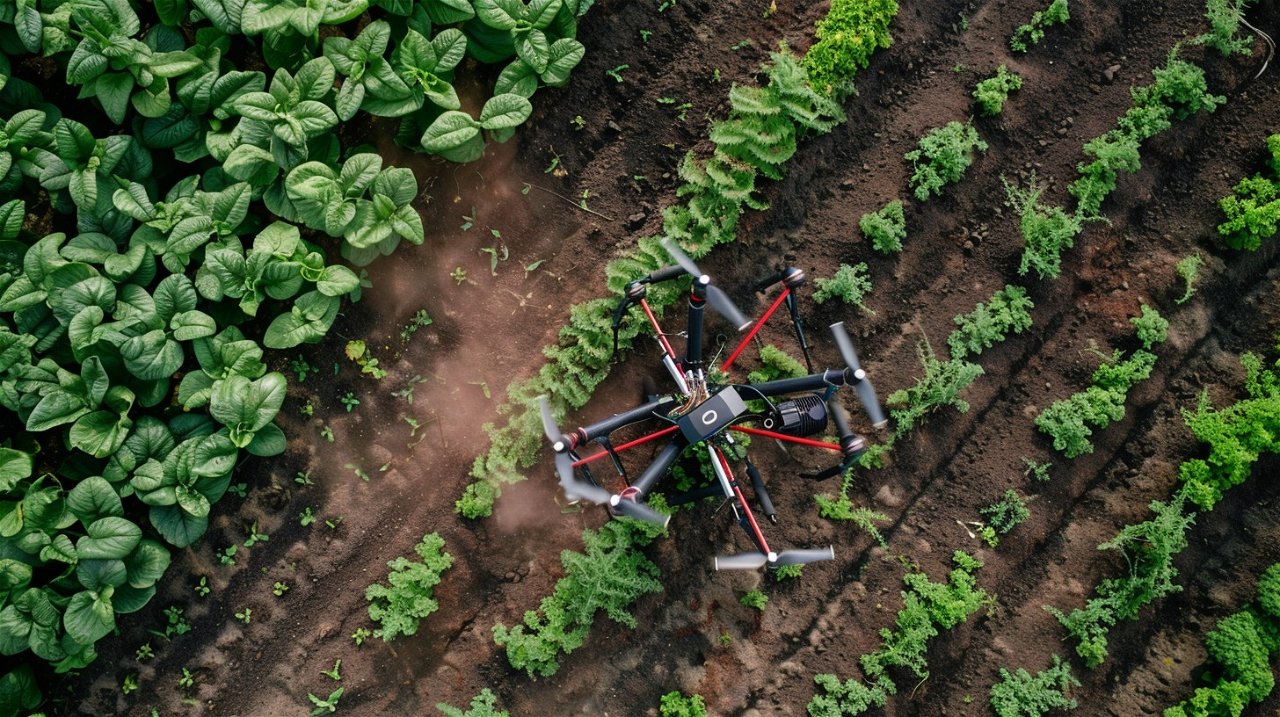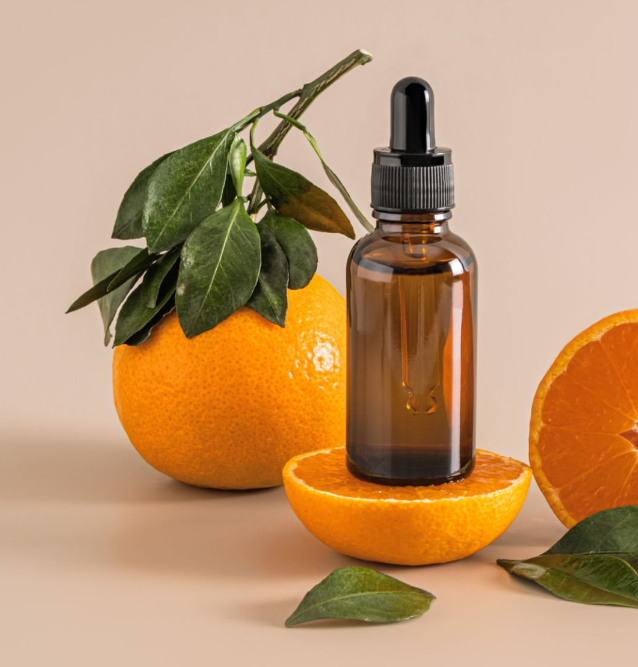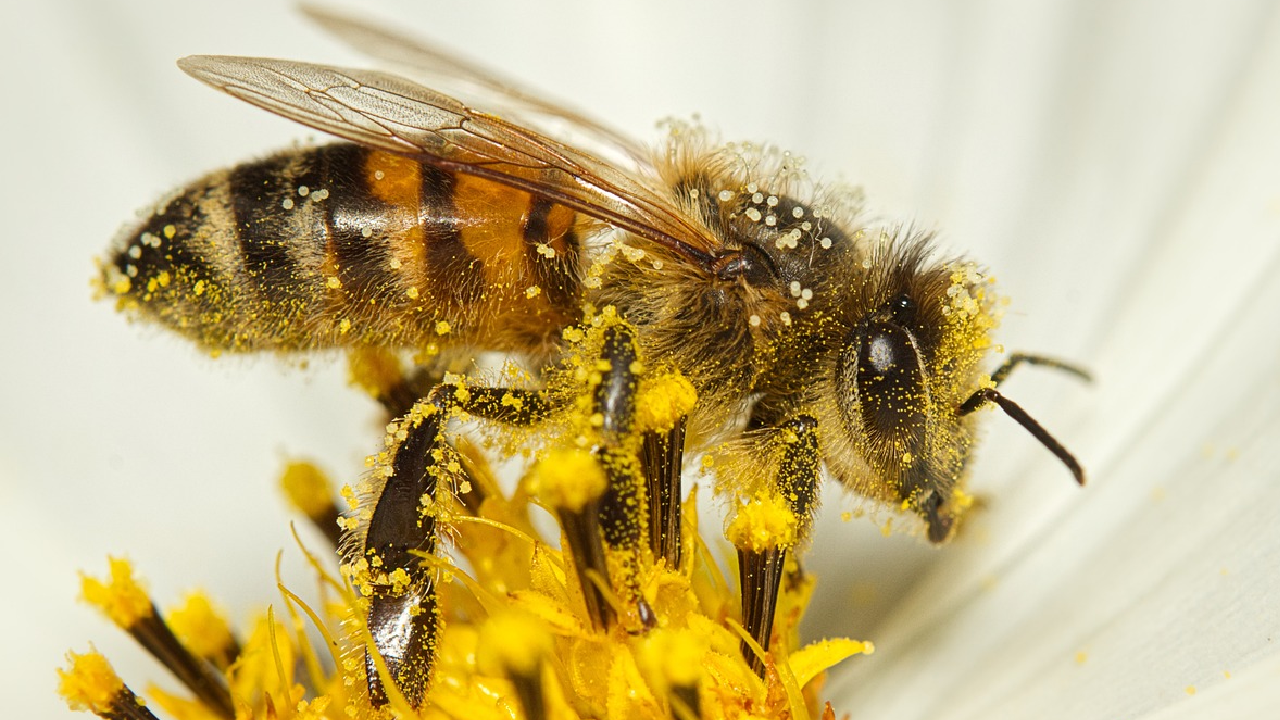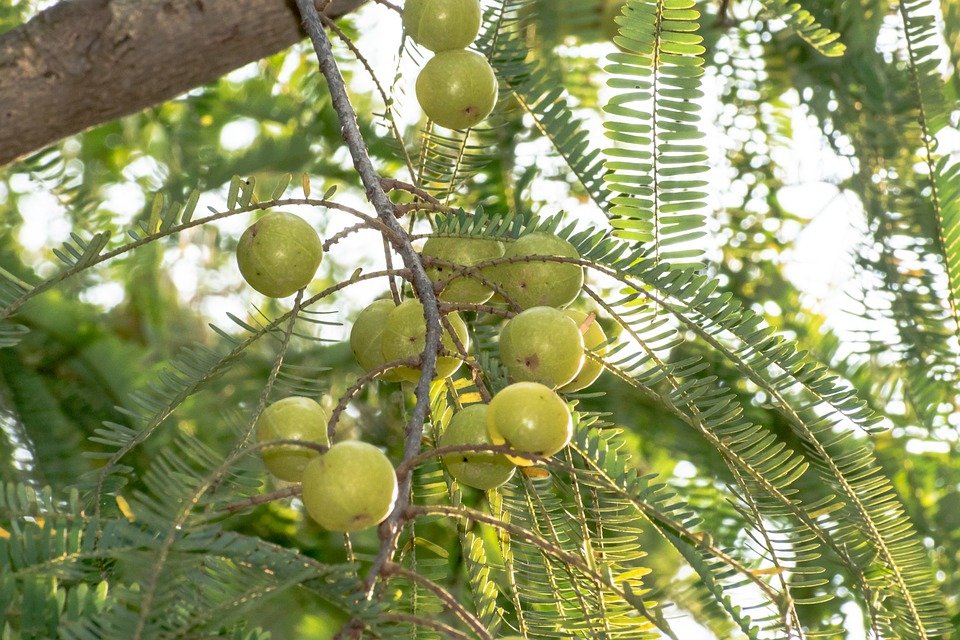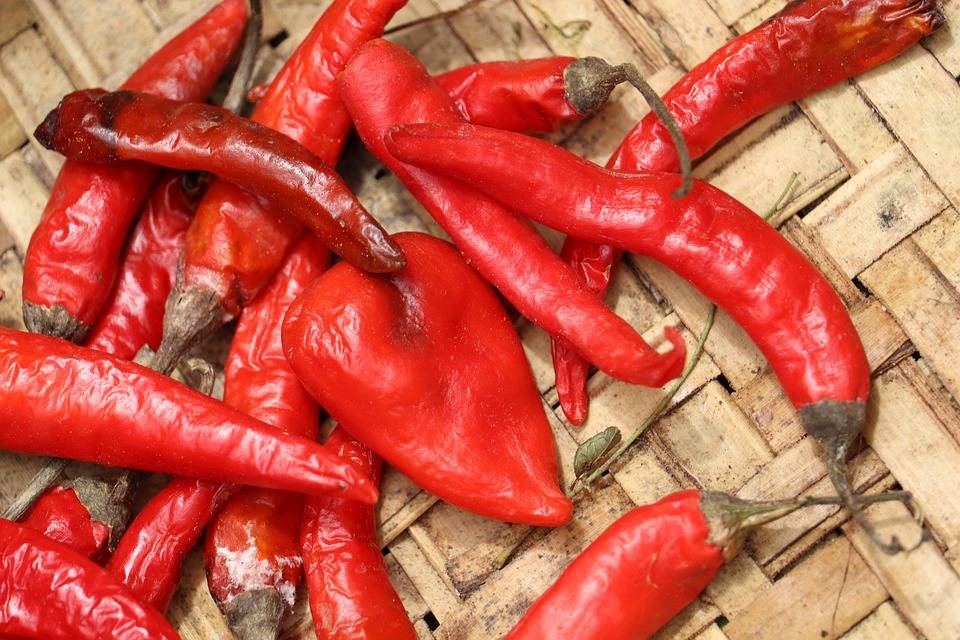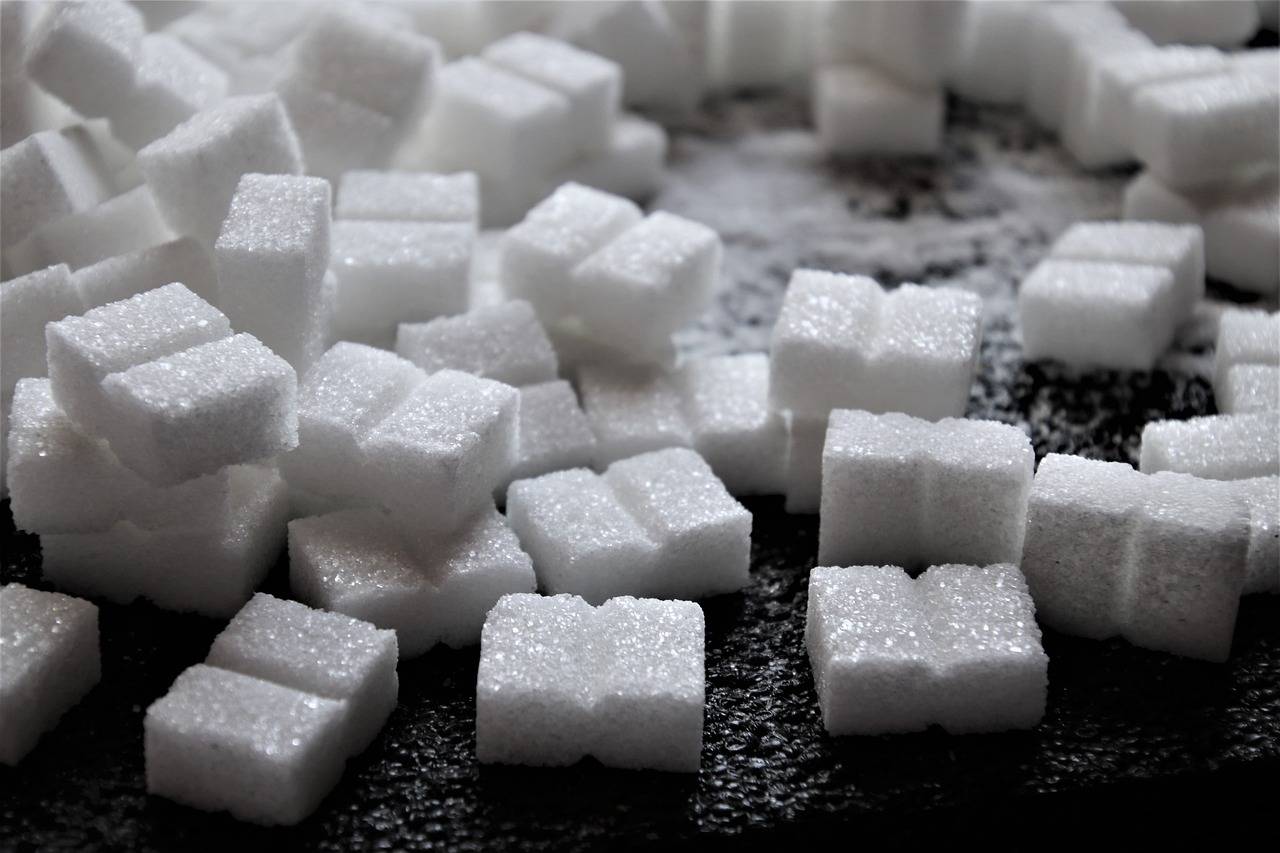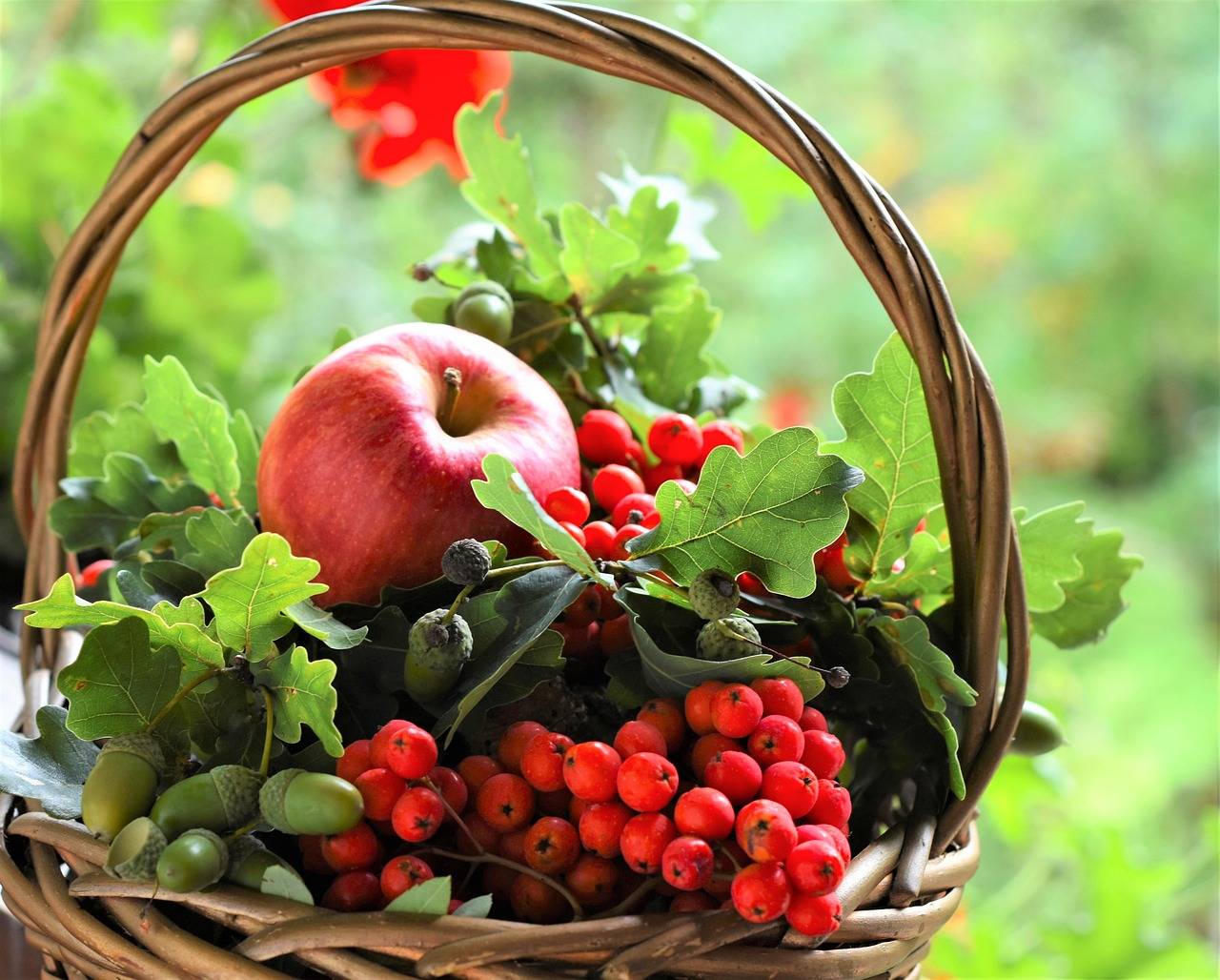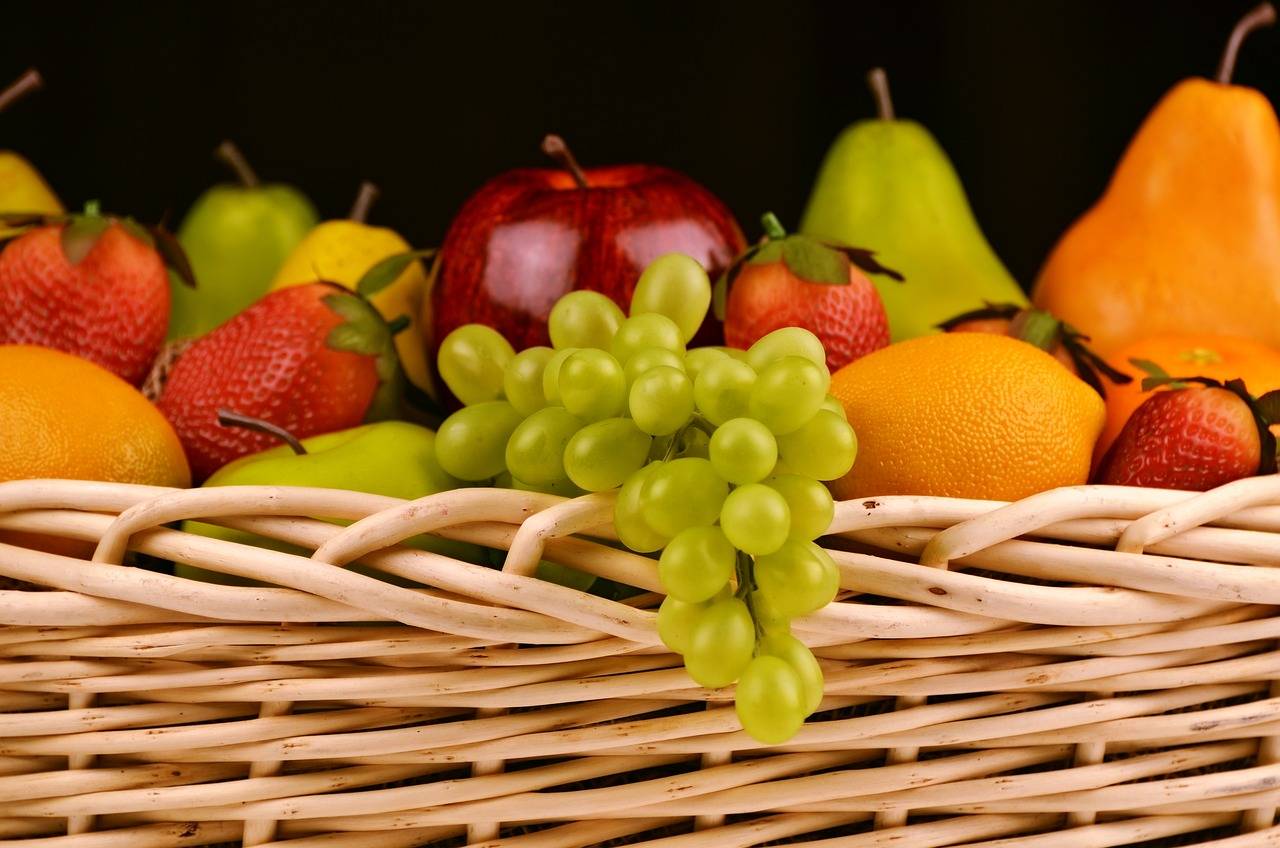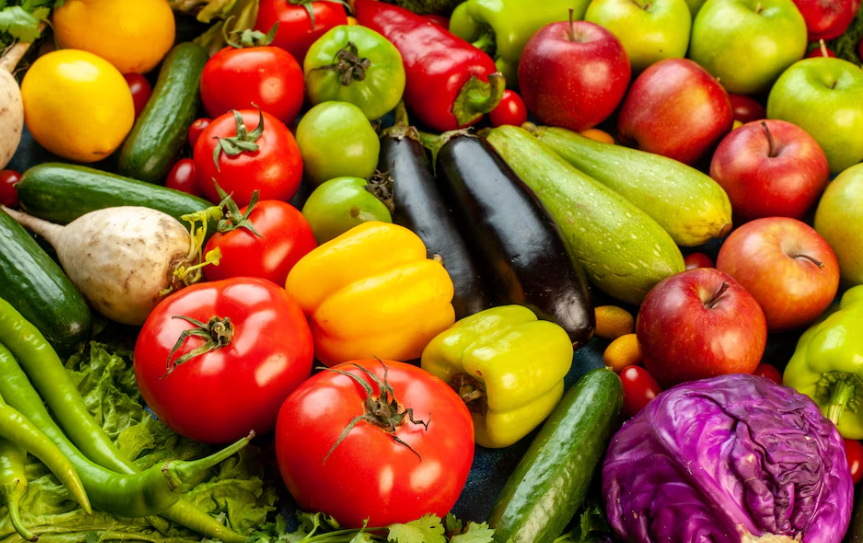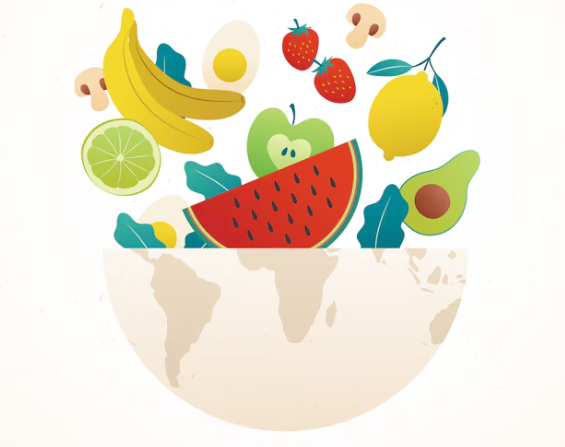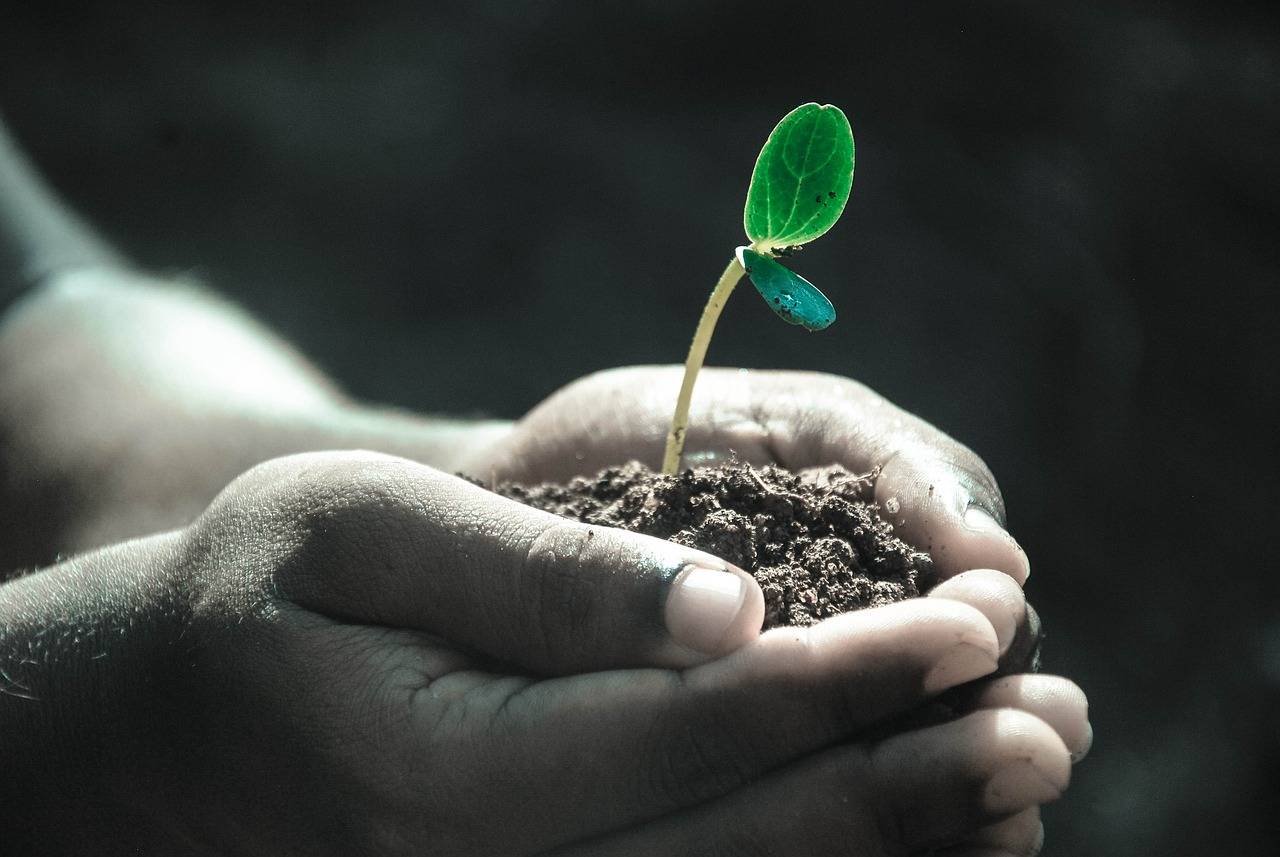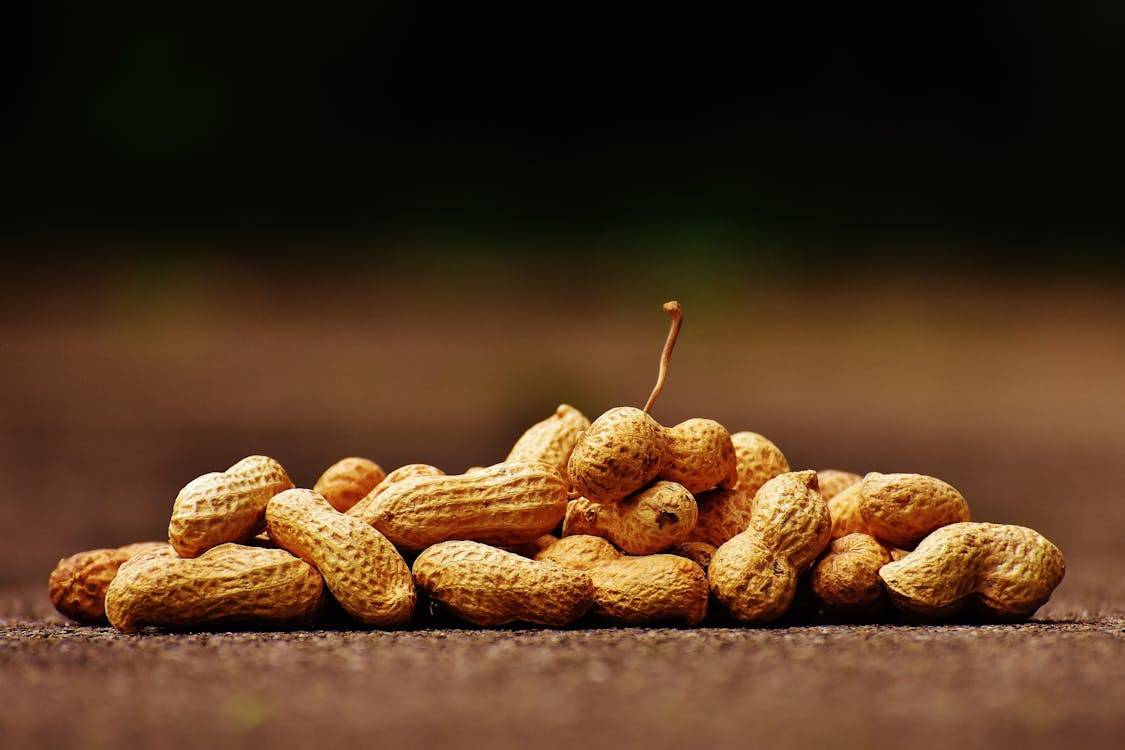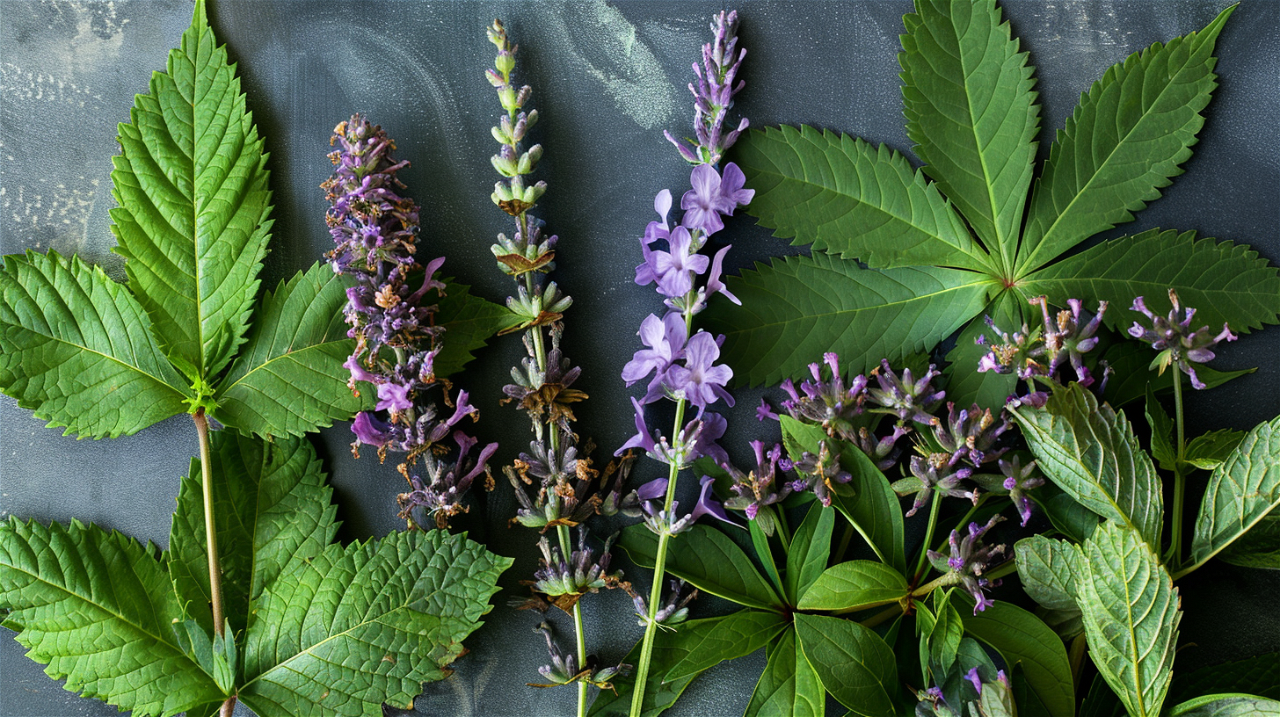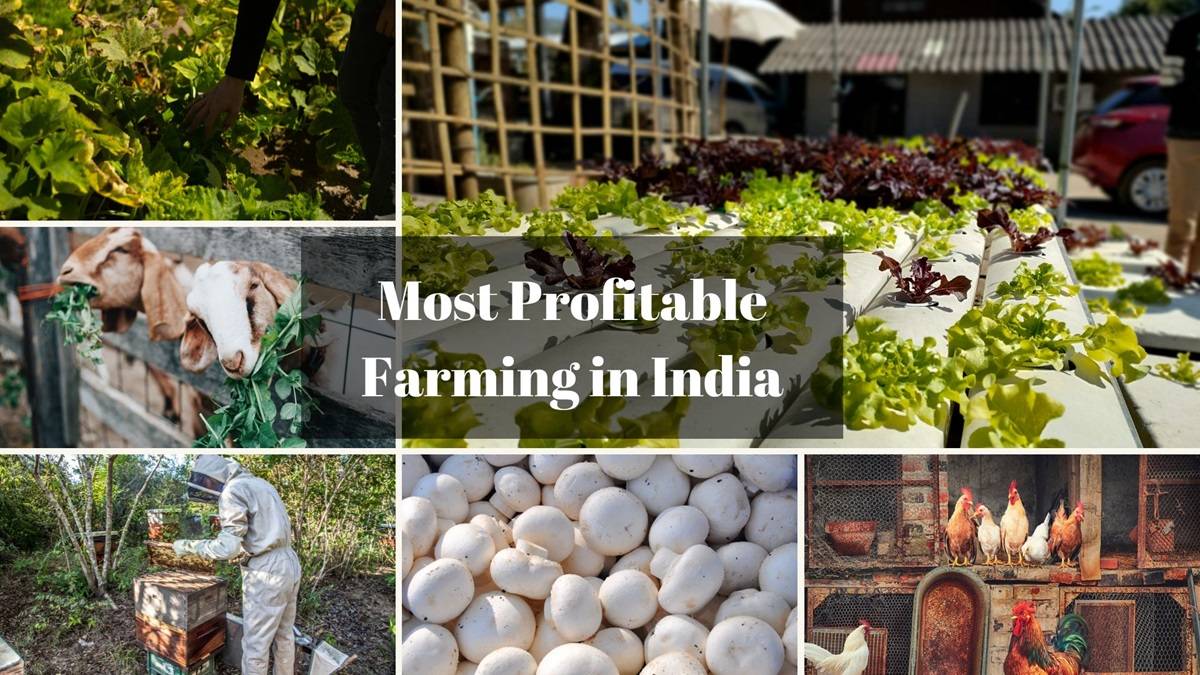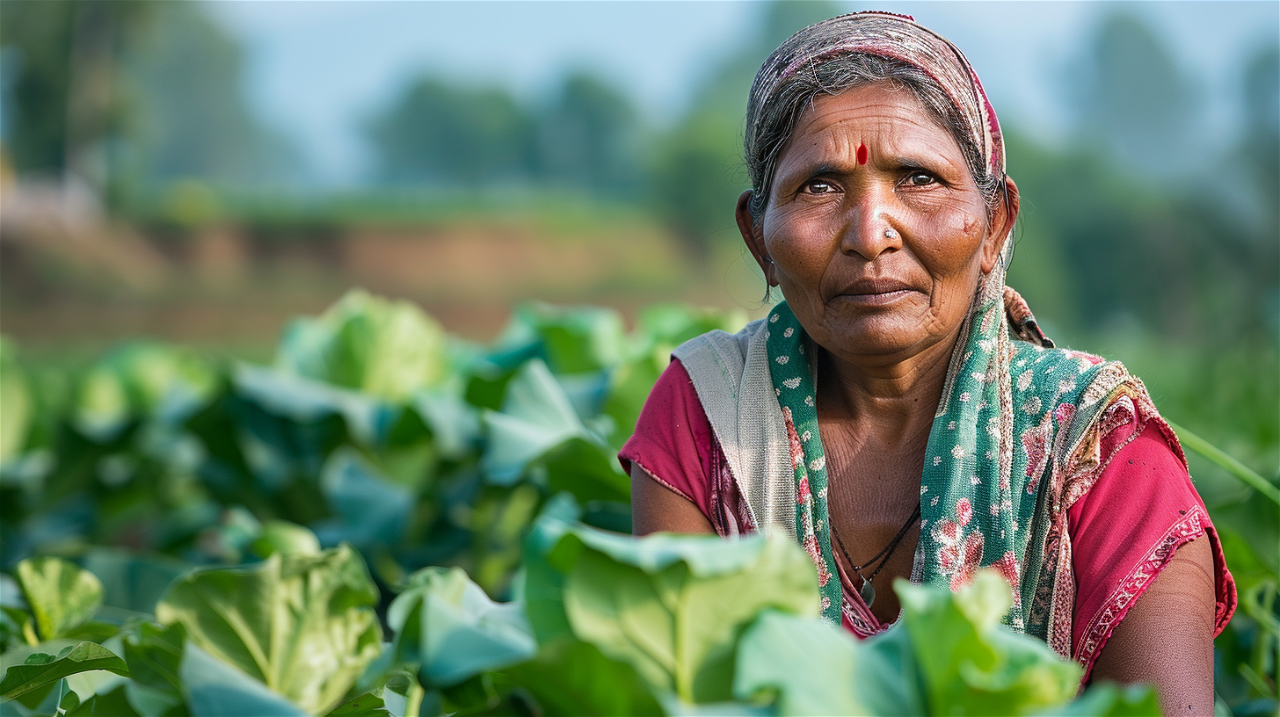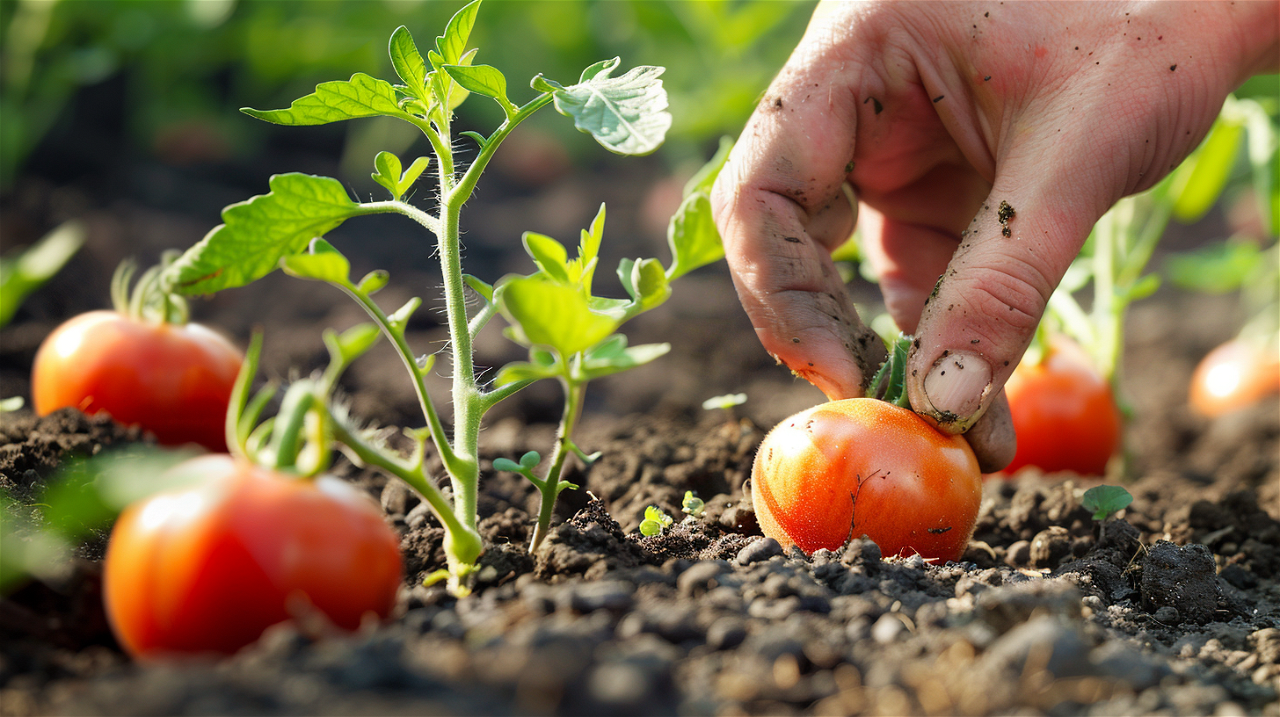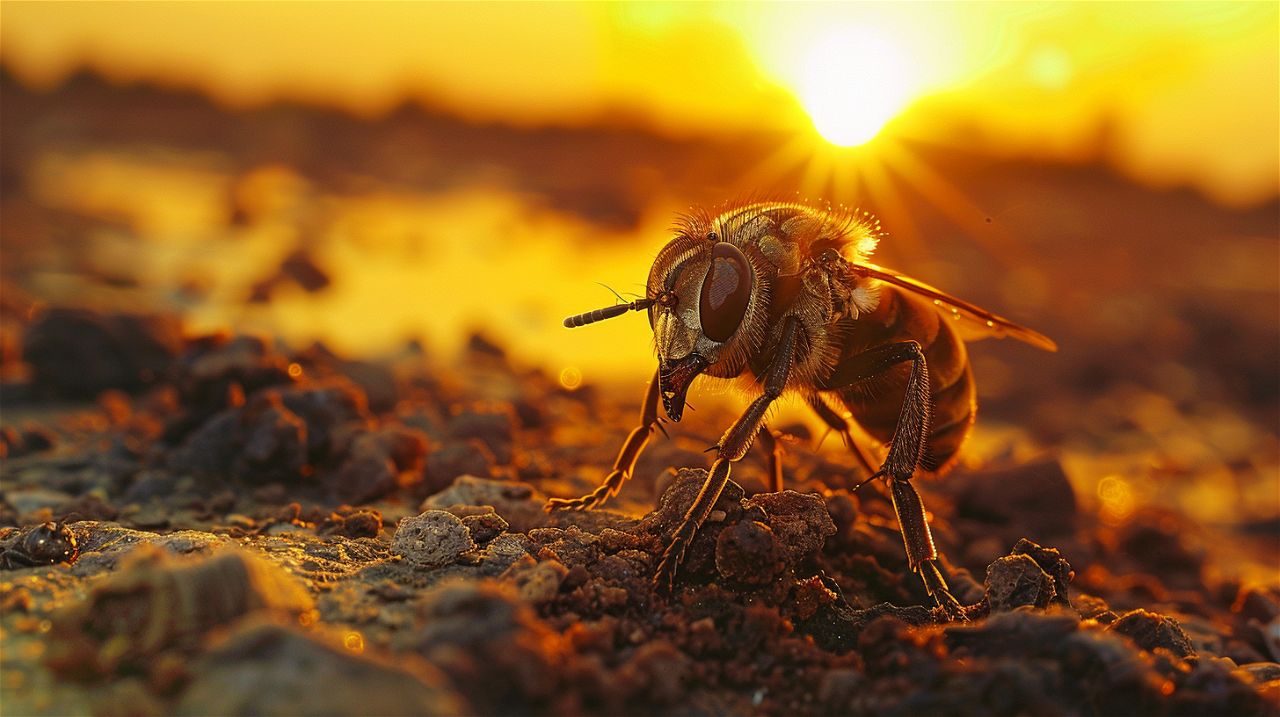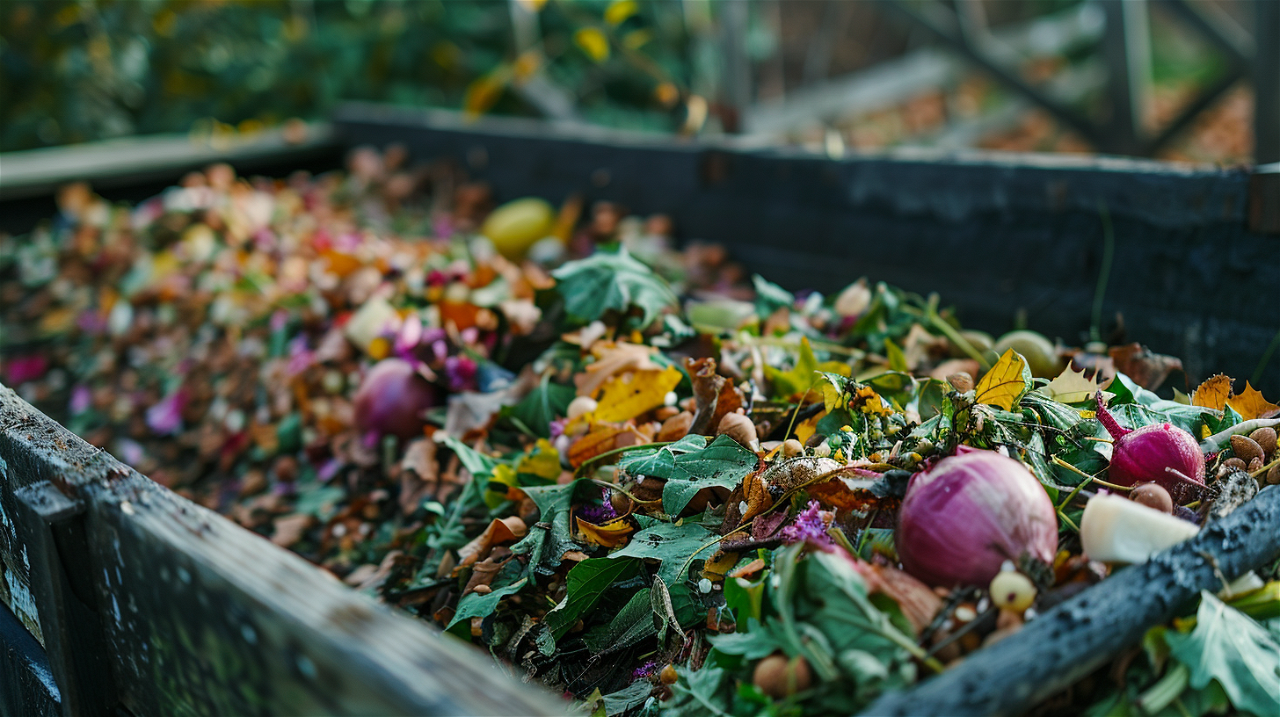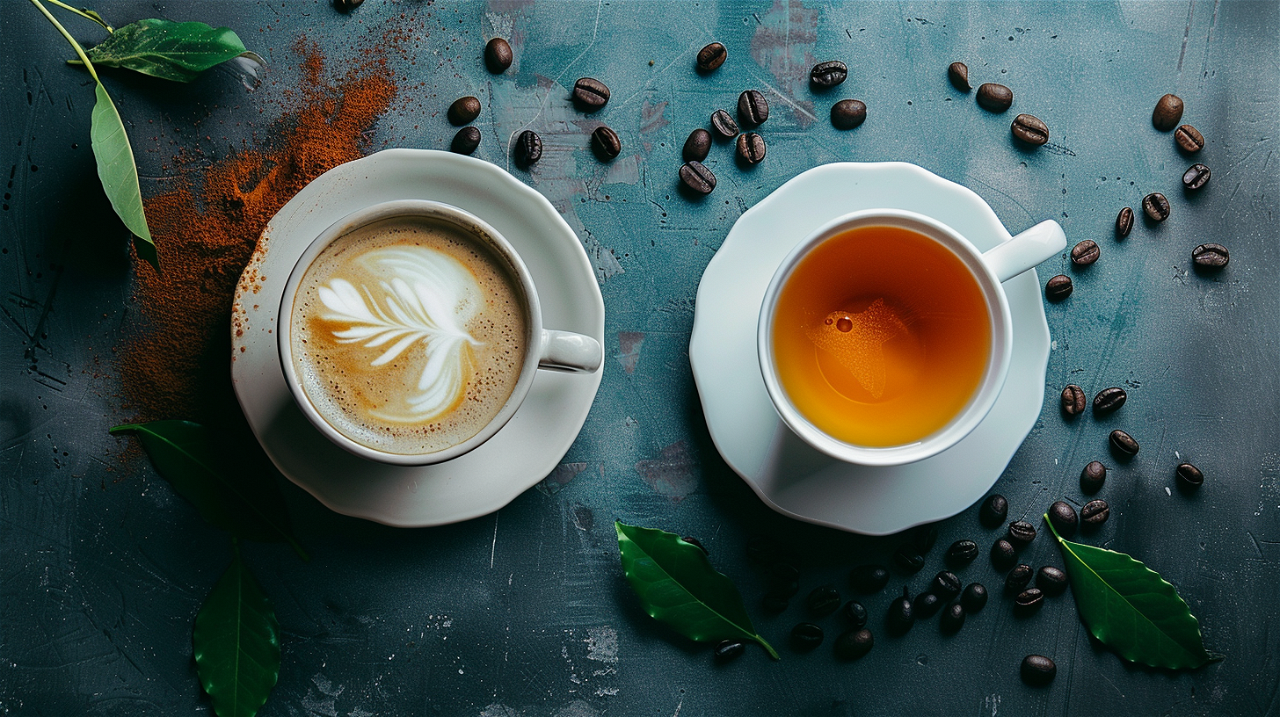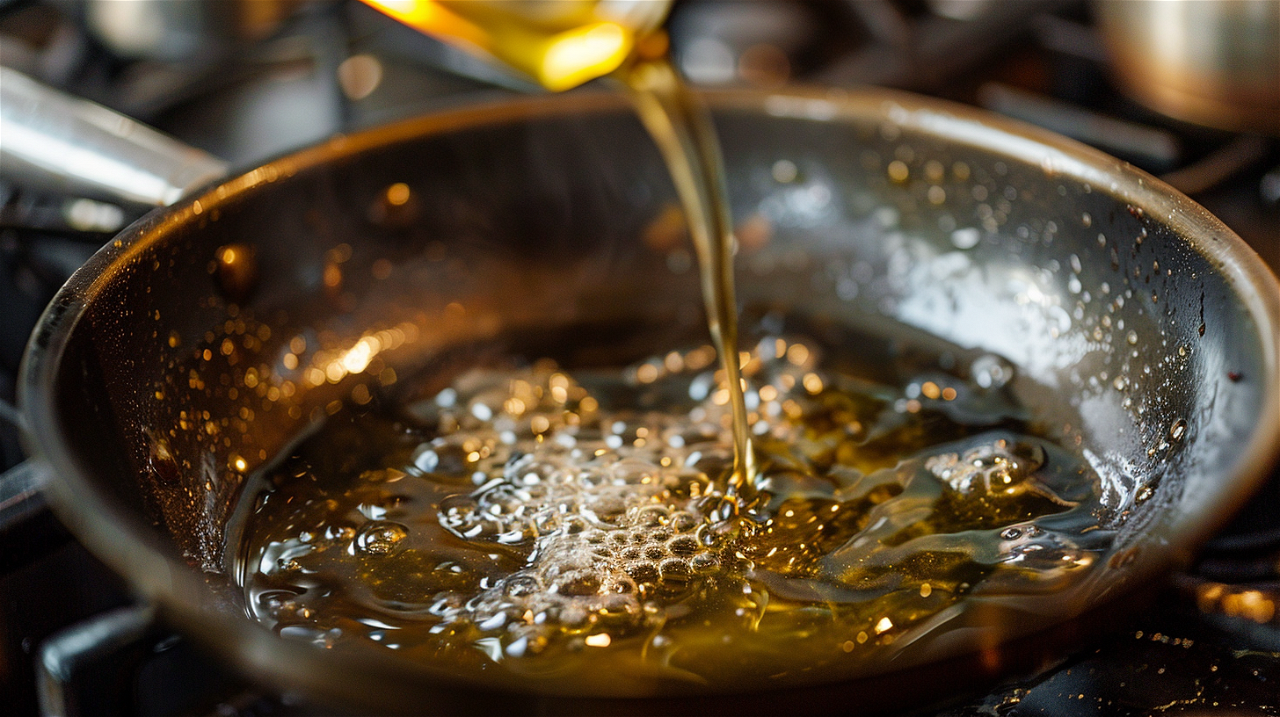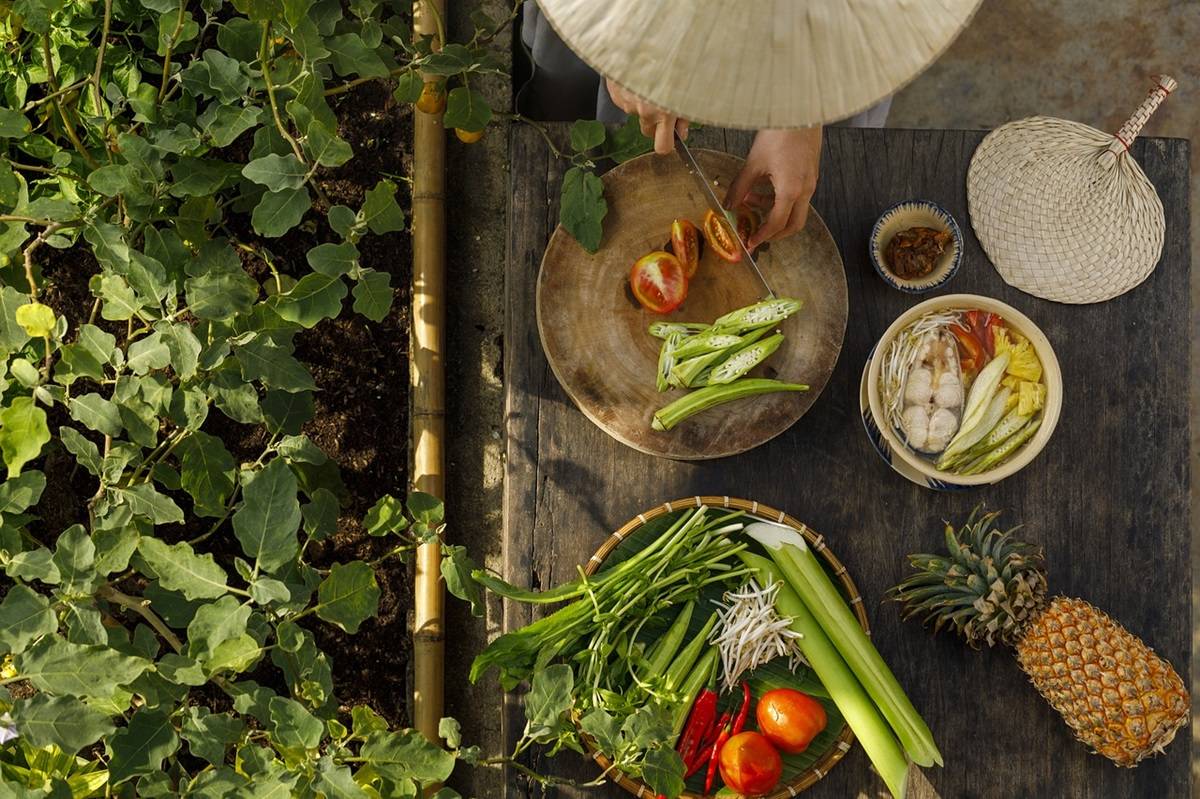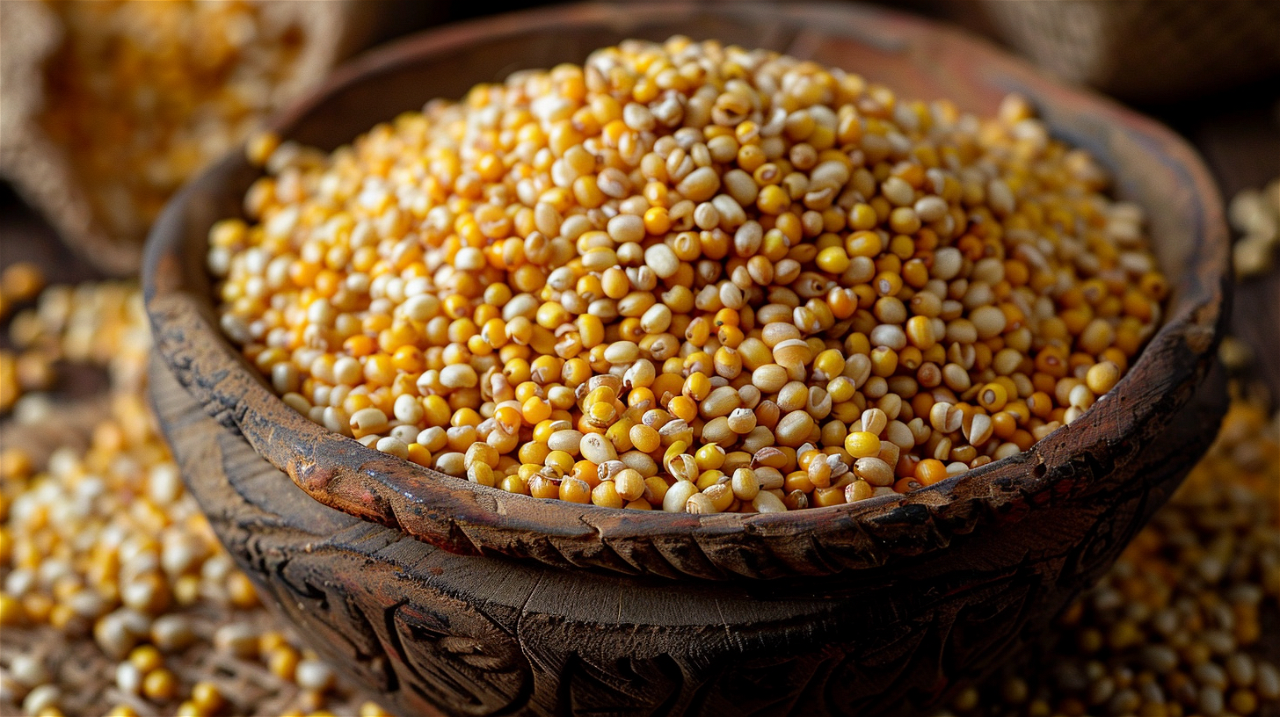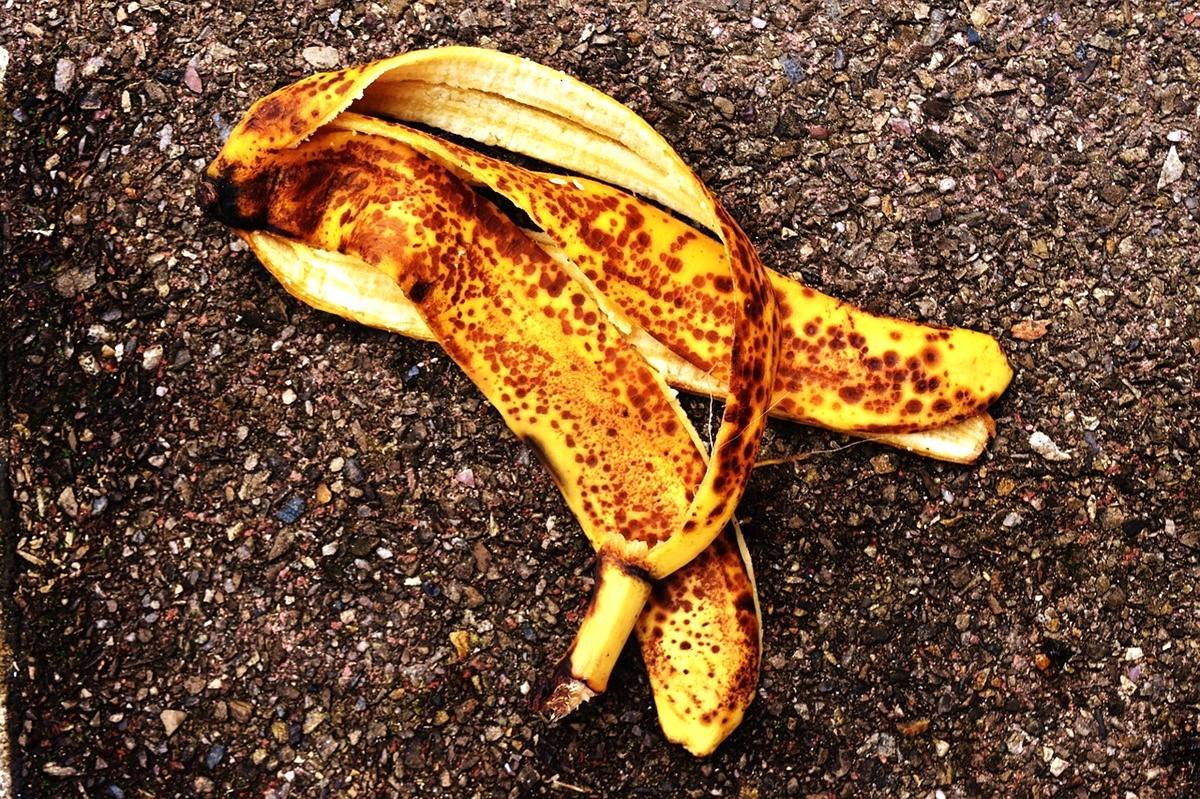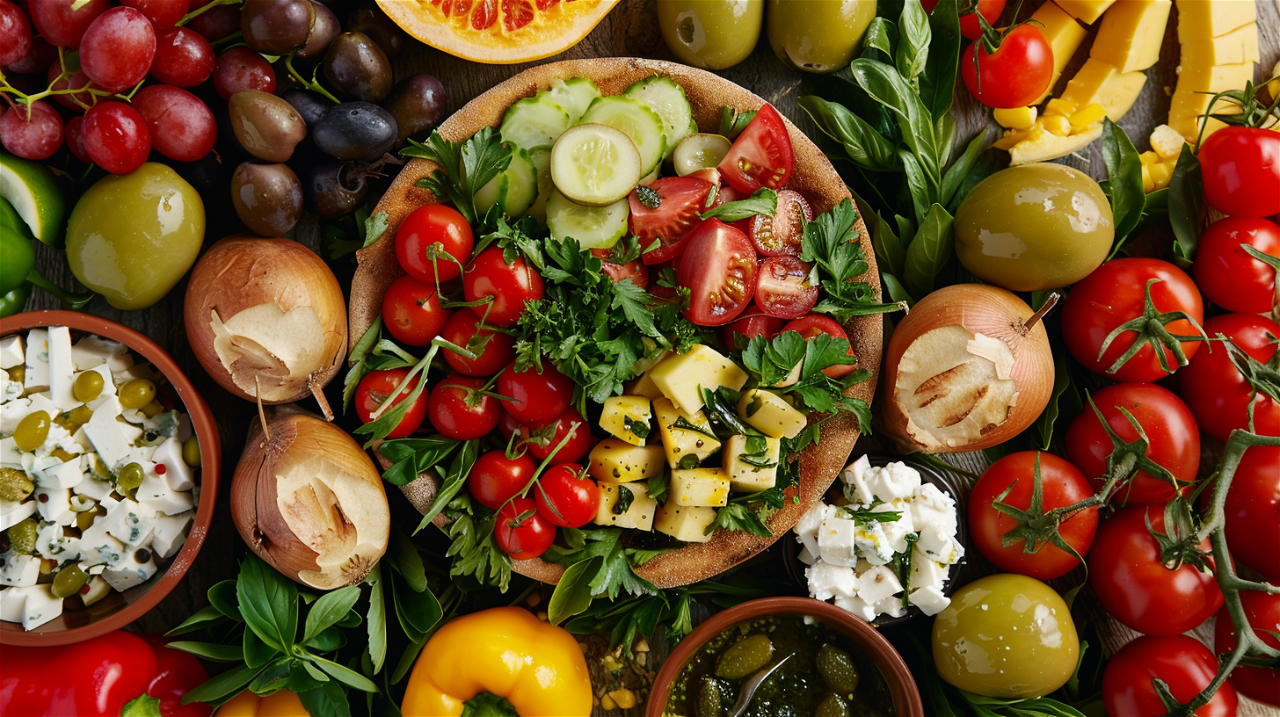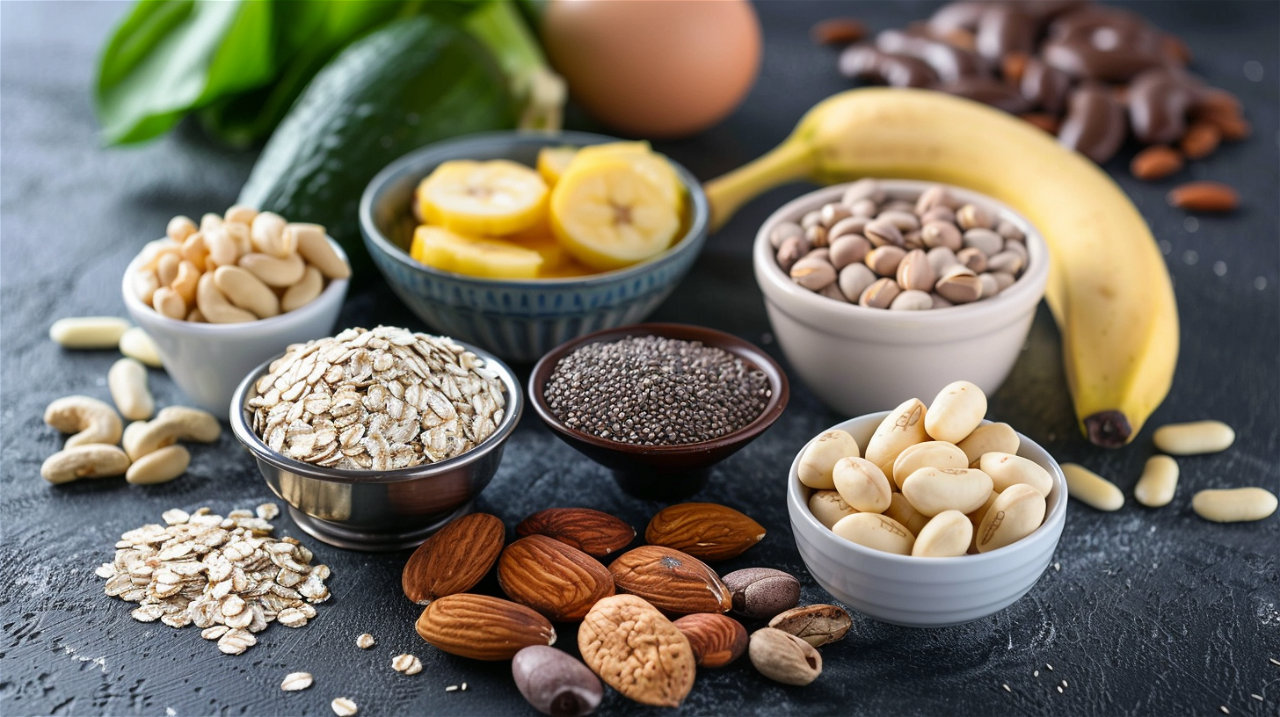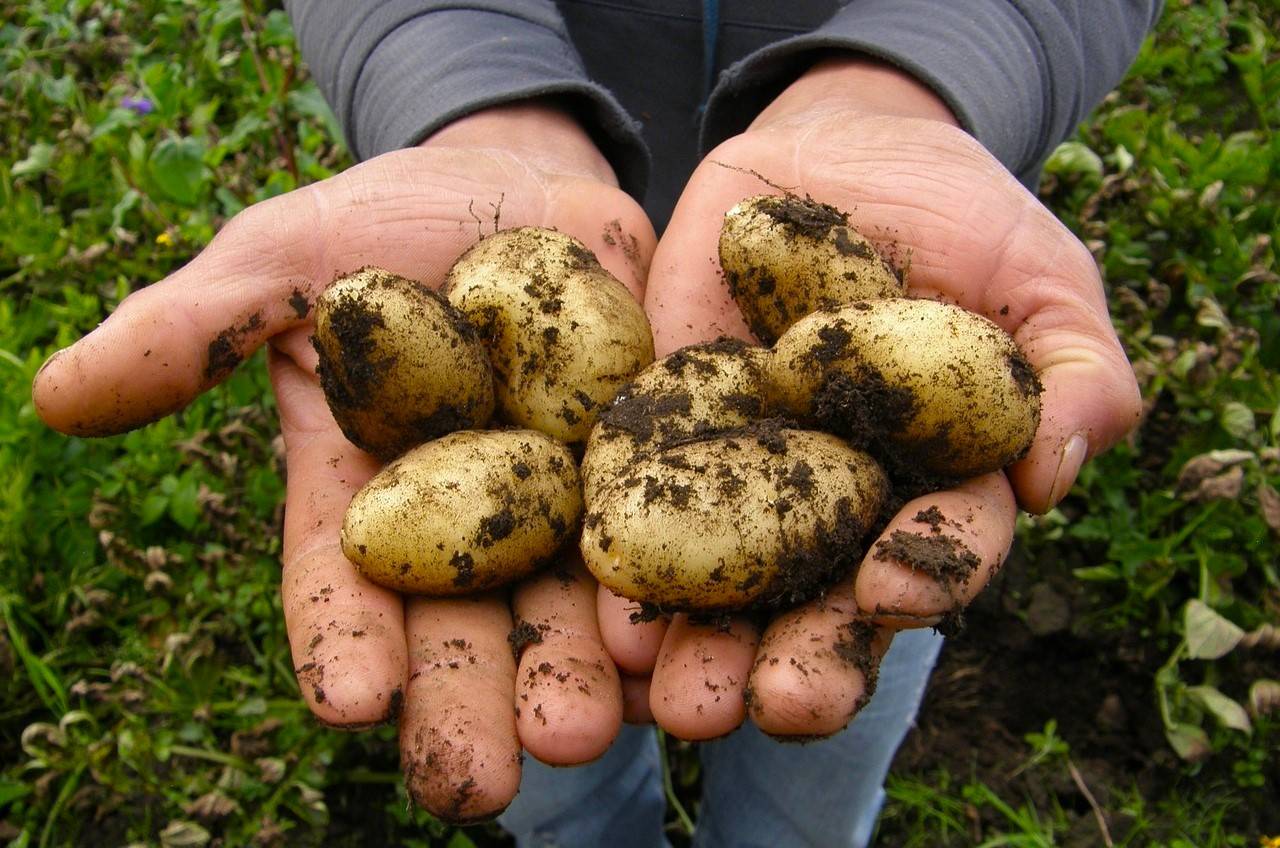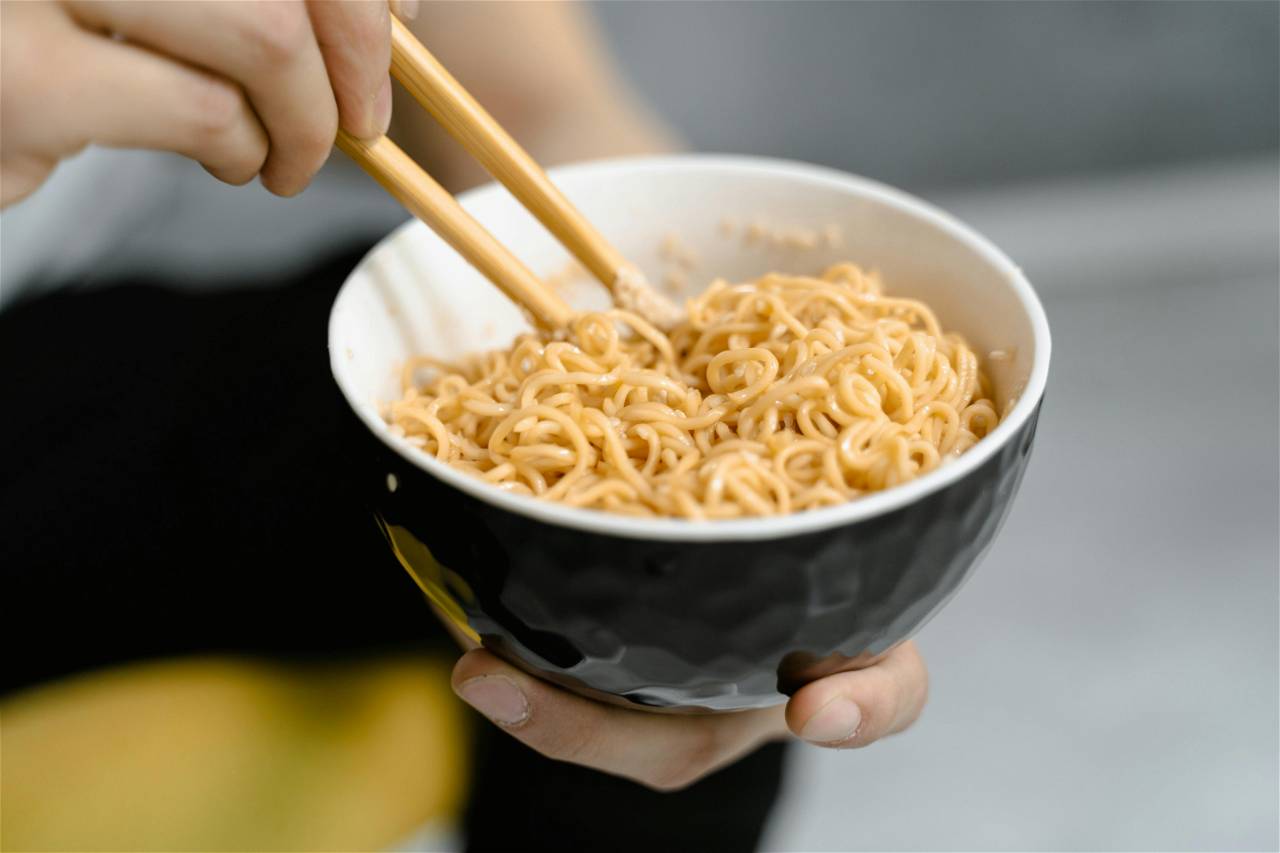
Banana Blossom: A Nutrient-Packed Floral Superfood with Untapped Potential

The banana plant (Musa spp.) is one of the most widely cultivated crops in tropical and subtropical regions, with India leading global production. While the fruit is a dietary staple across many cultures, every part of the banana plant—including the stem, leaves, peel, and flower—offers significant nutritional and medicinal value.
Among these, the banana blossom (or banana flower) remains an often overlooked treasure. Traditionally used in South Indian and Sri Lankan cuisines in dishes like curries, stir-fries, and salads, this edible flower is now gaining recognition for its impressive health benefits. Rich in dietary fiber, antioxidants, vitamins, and essential minerals, the banana blossom is emerging as a powerful, plant-based ingredient for modern wellness and nutrition.
Nutritional Profile at a Glance
Banana blossom is a low-calorie, nutrient-rich food that makes an excellent addition to a balanced diet. It provides a good amount of dietary fiber, supporting digestive health and promoting satiety. Its protein content, though modest, contributes to tissue repair and maintenance—especially valuable for plant-based diets.
In terms of carbohydrates, the banana flower offers slow-releasing energy without spiking blood sugar levels, making it suitable for those monitoring glucose intake. It contains only minimal fat, adding to its appeal as a light, heart-healthy food.
Beyond macronutrients, banana blossom is a source of essential vitamins and minerals, including iron, potassium, calcium, and magnesium, along with antioxidant compounds like flavonoids and saponins, which support immune function and protect against oxidative stress.
Health Benefits of Banana Blossom
Banana blossom has been traditionally used in folk medicine, and contemporary research supports several of these applications:
-
Diabetes Management: Banana blossom has demonstrated hypoglycemic effects and may inhibit enzymes responsible for carbohydrate absorption, helping to regulate blood sugar levels.
-
Women’s Health: The flower is known to support menstrual health by reducing excessive bleeding and alleviating discomfort. It is also said to enhance hemoglobin levels and support lactation in nursing mothers.
-
Digestive Health: Its high fiber content promotes healthy digestion, alleviates constipation, and may reduce the risk of gastrointestinal disorders.
-
Antimicrobial Activity: Extracts of banana flower have shown activity against several bacterial strains, making it beneficial in the prevention and treatment of infections.
-
Antioxidant Support: With compounds that neutralize free radicals, banana blossom helps prevent cellular damage and supports overall wellness.
Culinary Uses of Banana Blossoms
Banana blossom’s versatility makes it a valuable ingredient in both traditional cuisines and emerging health food innovations. It can be consumed raw, cooked, dried, or processed into powder, lending itself to a wide range of preparations. Below are some popular and promising culinary applications:
1. Curries and Stir-Fries
In South Indian and Sri Lankan kitchens, banana blossom is often transformed into rich, flavorful curries and dry stir-fries. The outer purple bracts are removed to reveal the tender inner florets, which are finely chopped and soaked in diluted buttermilk or turmeric water to prevent darkening. These florets are then sautéed with mustard seeds, curry leaves, onions, green chilies, and grated coconut. For added protein, lentils or roasted Bengal gram are often included. The result is a wholesome, fiber-rich dish that pairs well with steamed rice or flatbreads.
2. Banana Blossom Tea
An emerging wellness drink, banana blossom tea is known for its calming properties and rich antioxidant content. The preparation involves drying banana blossom petals, lightly roasting them, and steeping the roasted petals in hot water. Often served plain or infused with subtle flavor enhancers like lemongrass, cinnamon, or ginger, the tea has a mild, earthy flavor. It is consumed as a natural remedy for digestive issues, stress relief, and overall detoxification.
3. Dehydrated Vegetable Slices
For long-term storage and convenience, banana blossoms can be processed into dehydrated vegetable slices. The cleaned and sliced florets are first soaked in a mild citric acid solution to preserve color and reduce oxidation. They are then dried in a controlled environment using hot air dehydration at low temperatures. These slices can be rehydrated and used in soups, stews, or curries, or ground into flakes for use as a savory topping or seasoning component.
4. Banana Blossom Powder
Banana blossom powder is created by drying the cleaned florets and grinding them into a fine consistency. This powder is nutrient-dense and serves as an excellent ingredient for Baking and Smoothies. It can also be used in gluten-free and vegan cooking as a substitute for other plant-based flours.
5. Banana Blossom Dark Chocolate
This unique fusion brings nutrition and indulgence together. Dried banana blossom powder is added to dark chocolate blends at varying concentrations (typically 10–30%) to create bars rich in fiber and phytochemicals. The 20% blend is often rated highest in taste and texture. The slightly earthy flavor of the blossom complements the bitterness of cocoa, offering a gourmet chocolate experience with health benefits.
6. Banana Blossom Laddu (Sweet Balls)
Banana Blossom Ladoos are a creative take on traditional Indian sweets, also a high fiber and nutritious snack, can be made by mixing banana blossom powder with sugar, ghee and dried bengal gram flour, offering a delectable taste.
An Opportunity in Waste Reduction and Nutrition
Despite its benefits, banana blossom is often discarded during banana harvesting, treated as a byproduct. With increasing emphasis on sustainability and zero-waste practices, promoting its use could contribute to both environmental conservation and improved public health.
Its nutritional potential, combined with affordability and availability, makes banana blossom a compelling ingredient for functional food development and dietary diversification.
The banana blossom is more than just a byproduct of banana cultivation—it is a highly nutritious, medicinally valuable, and culinary-flexible ingredient that deserves wider recognition. As interest in traditional, plant-based, and sustainable food sources continues to grow, integrating banana blossoms into modern diets may offer a natural, cost-effective approach to health and wellness.
Related News

Teej Festival 2025: Celebrating Divine Love, Womanhood, and Sacred Traditions Across India and Nepal
































































































































